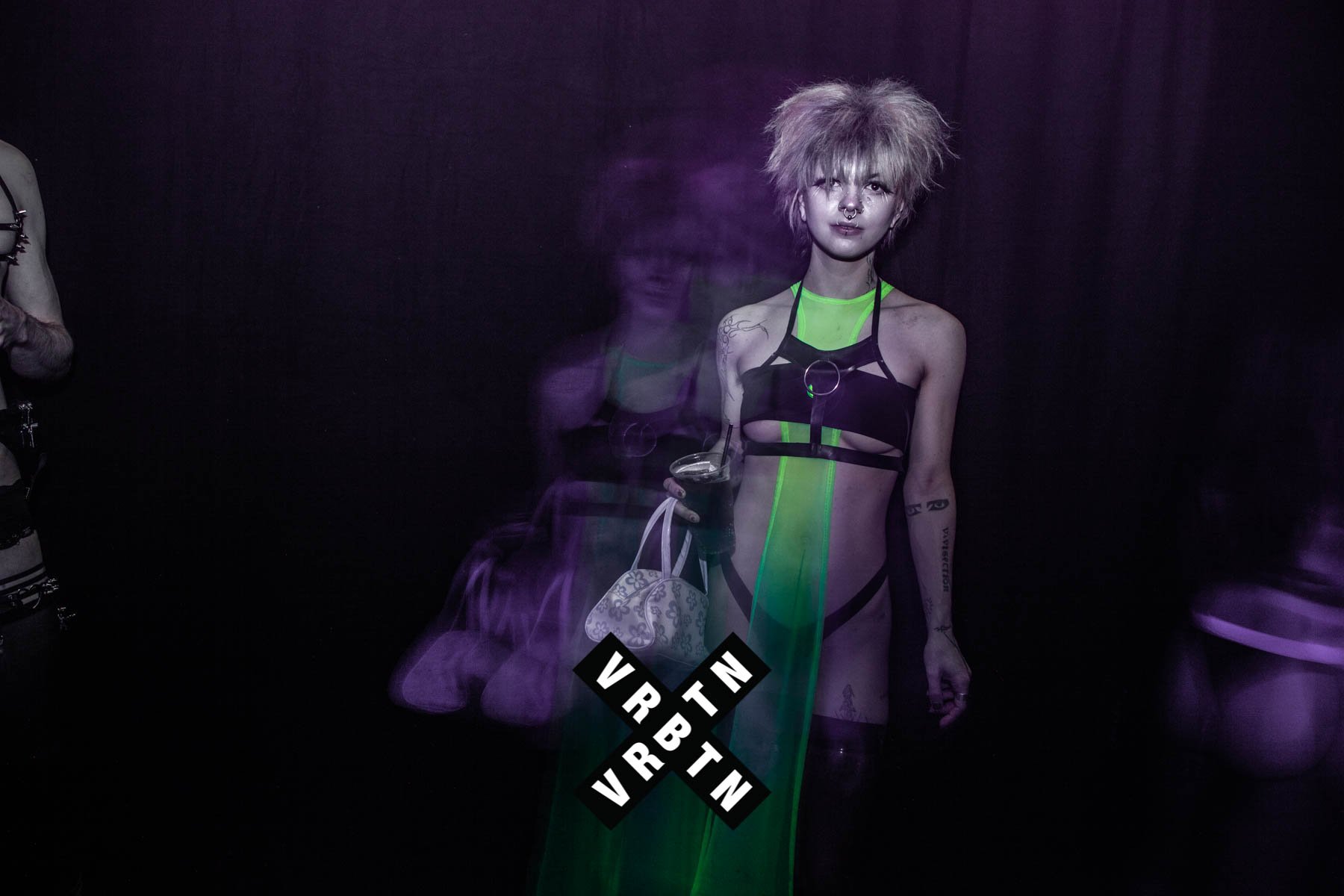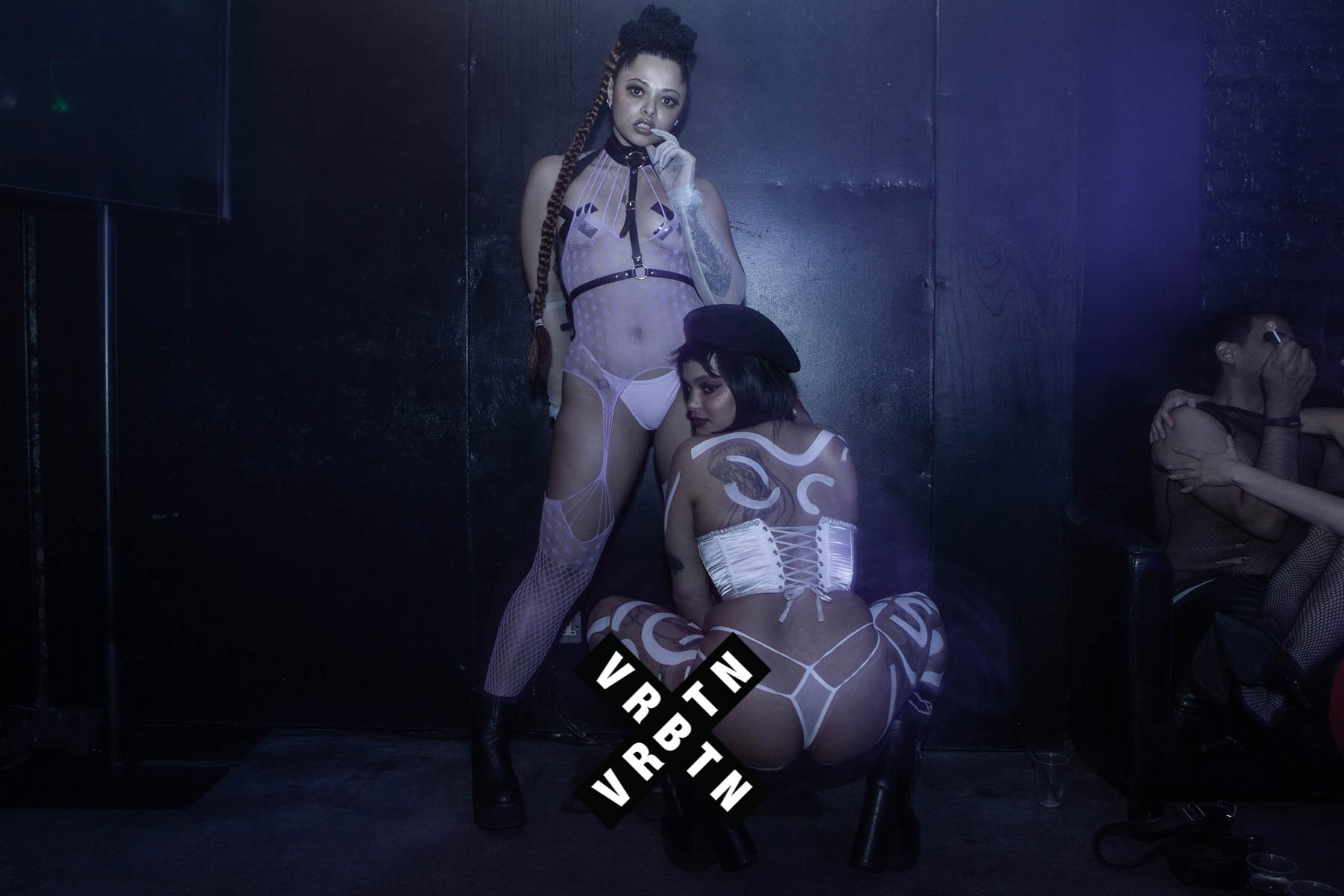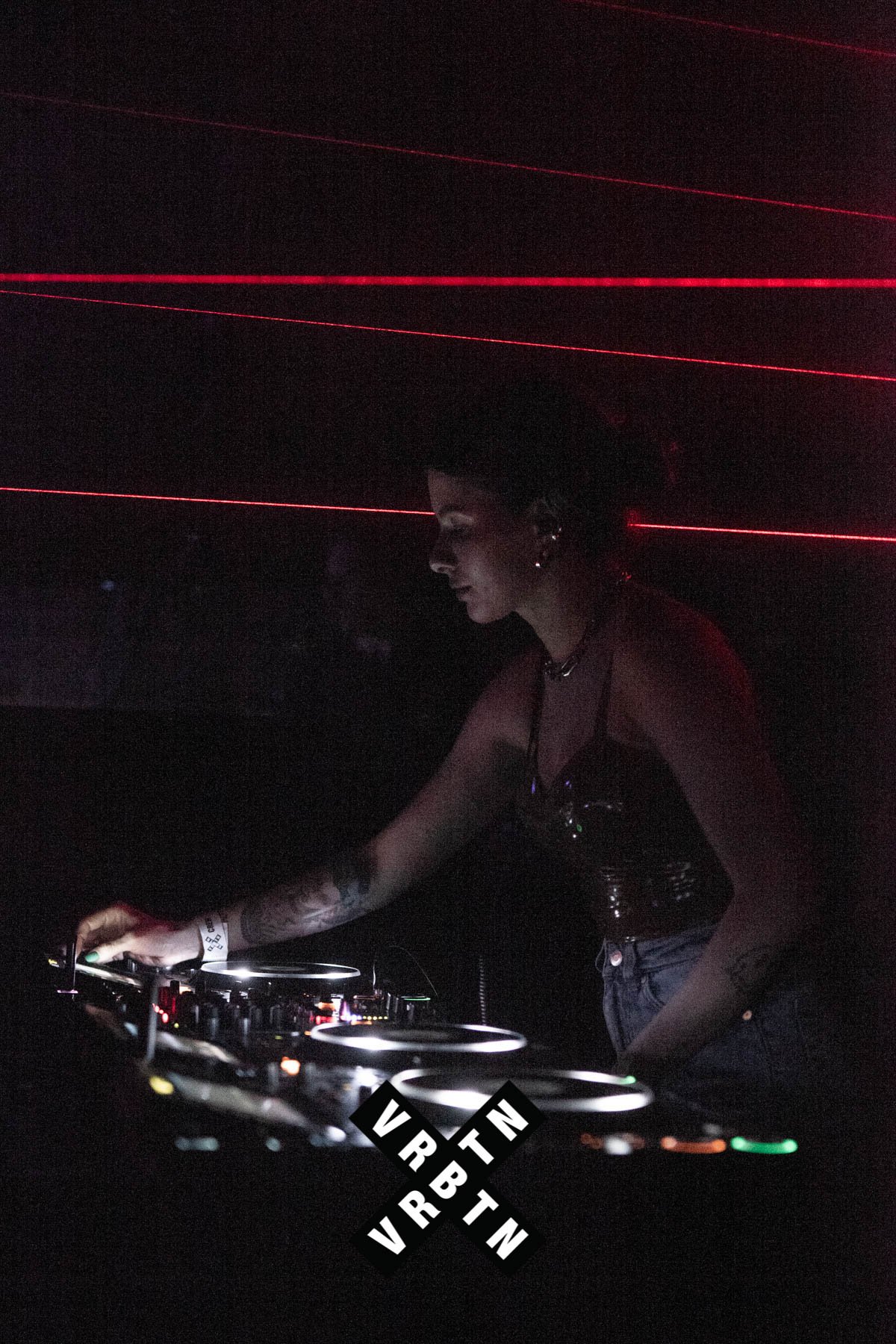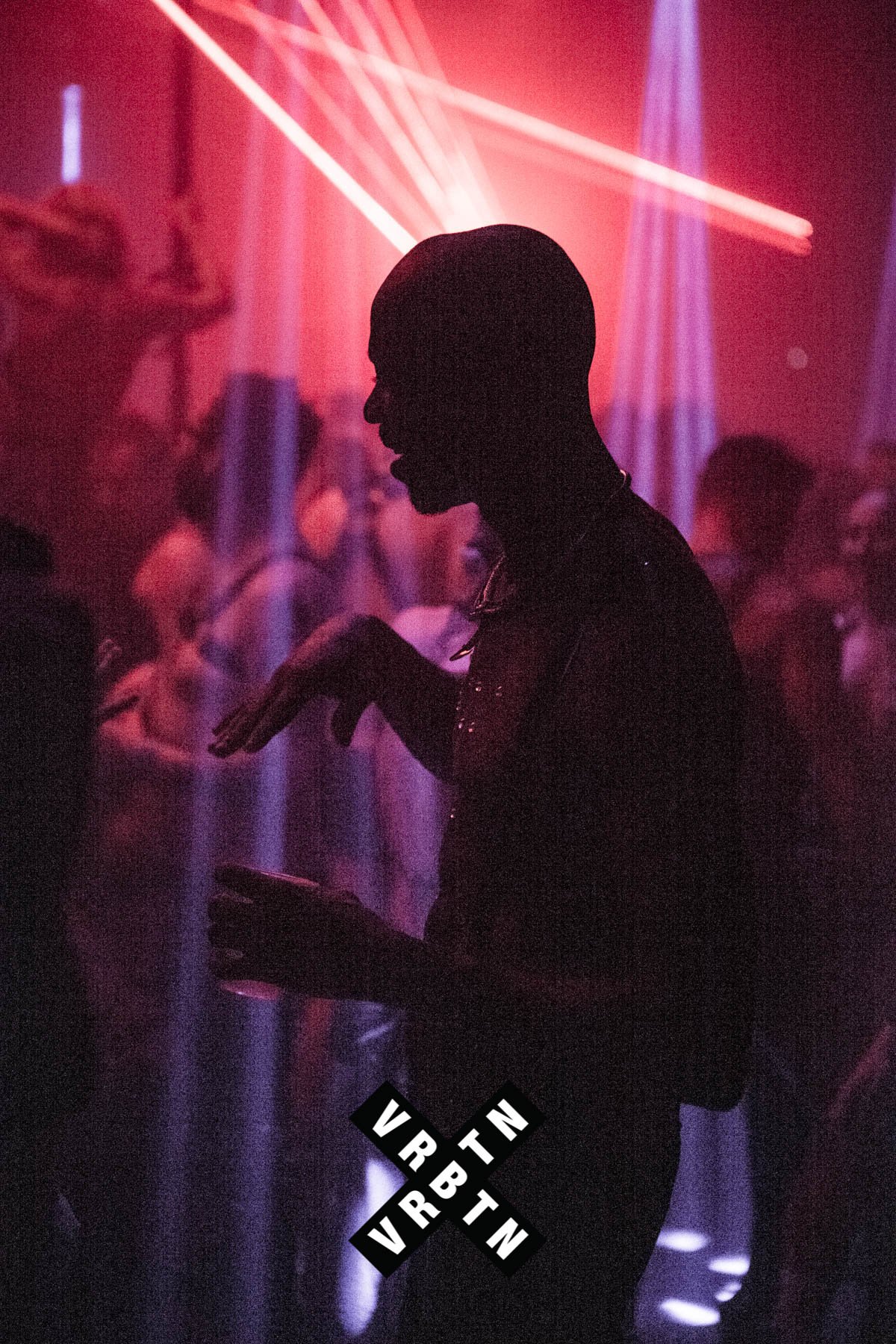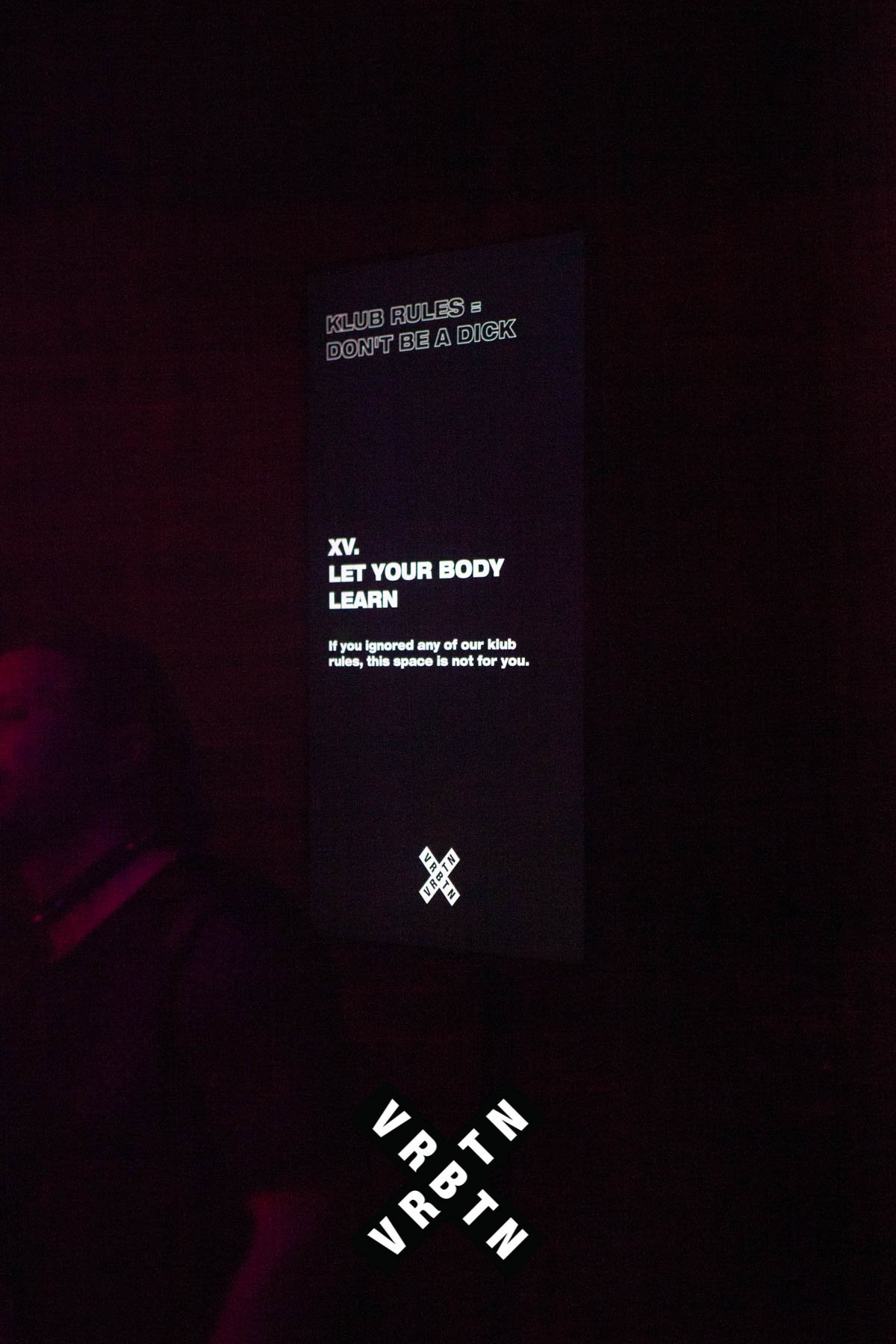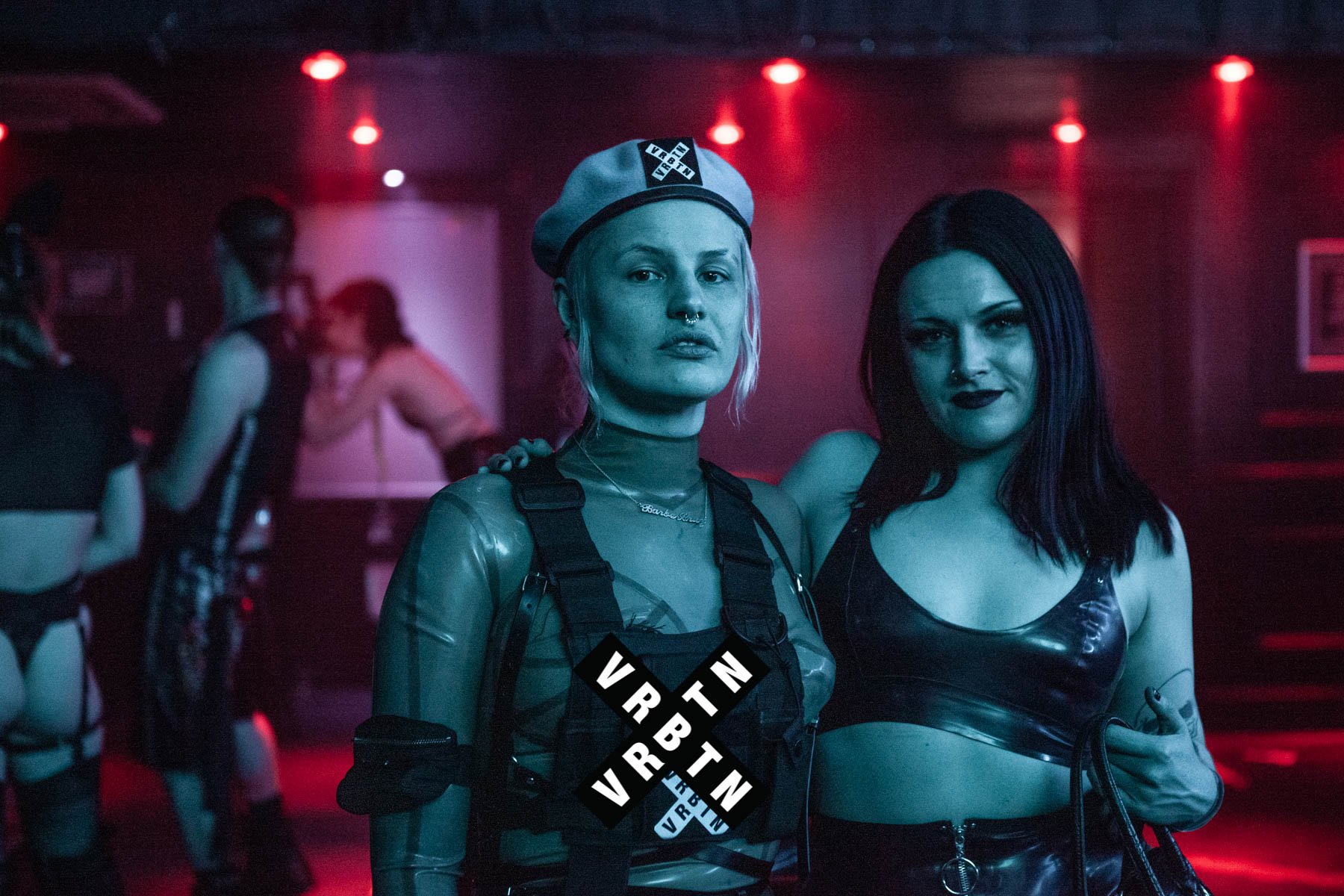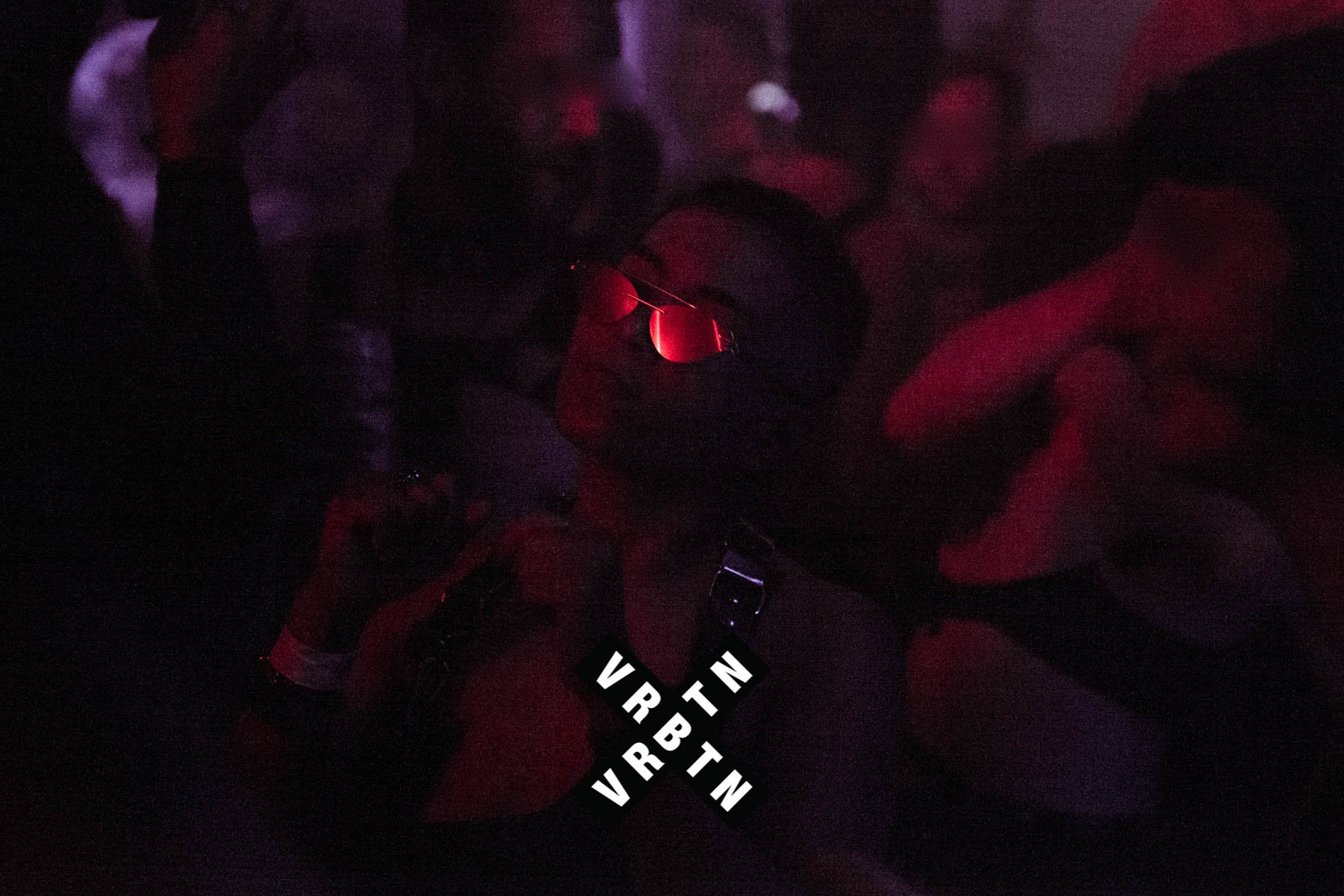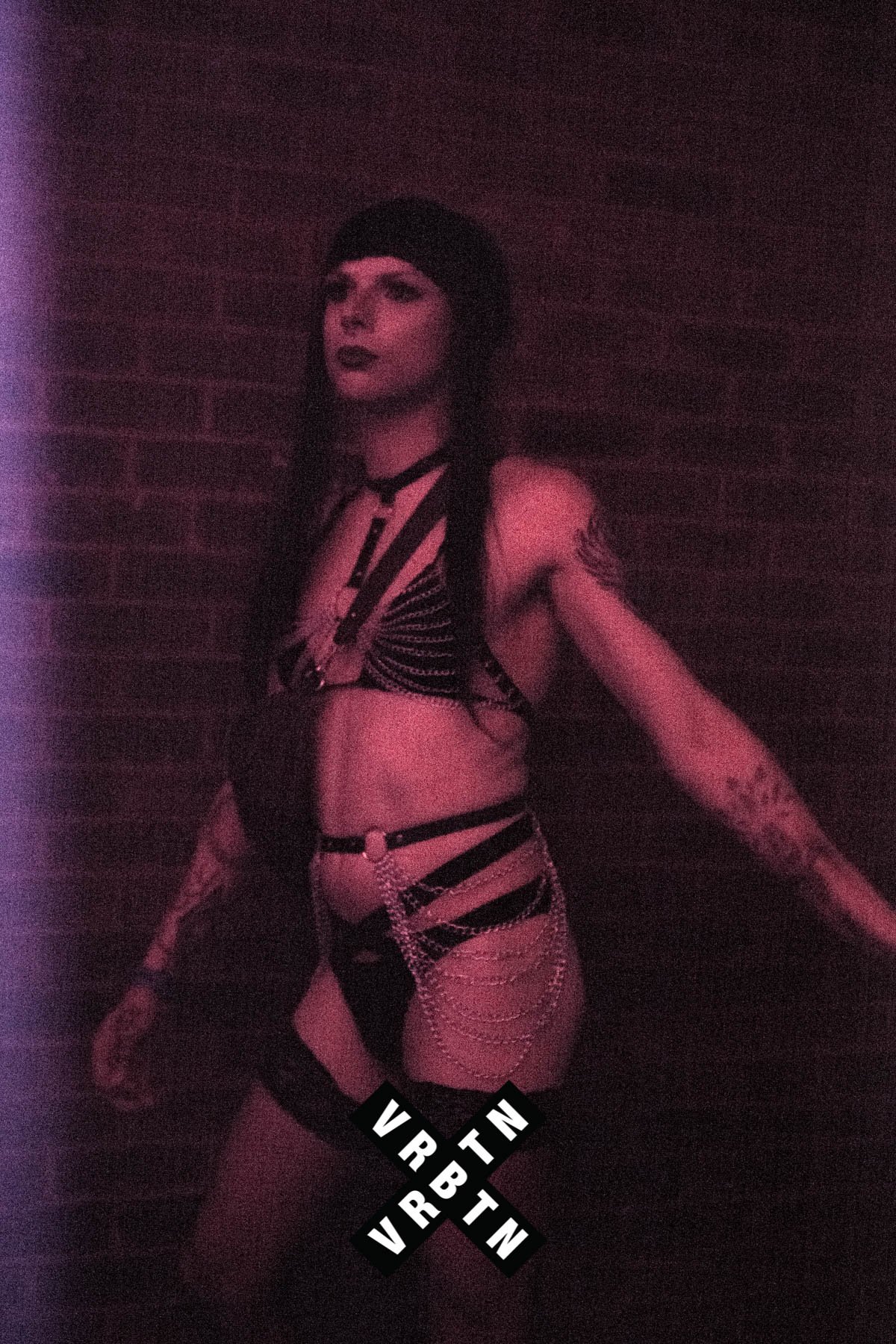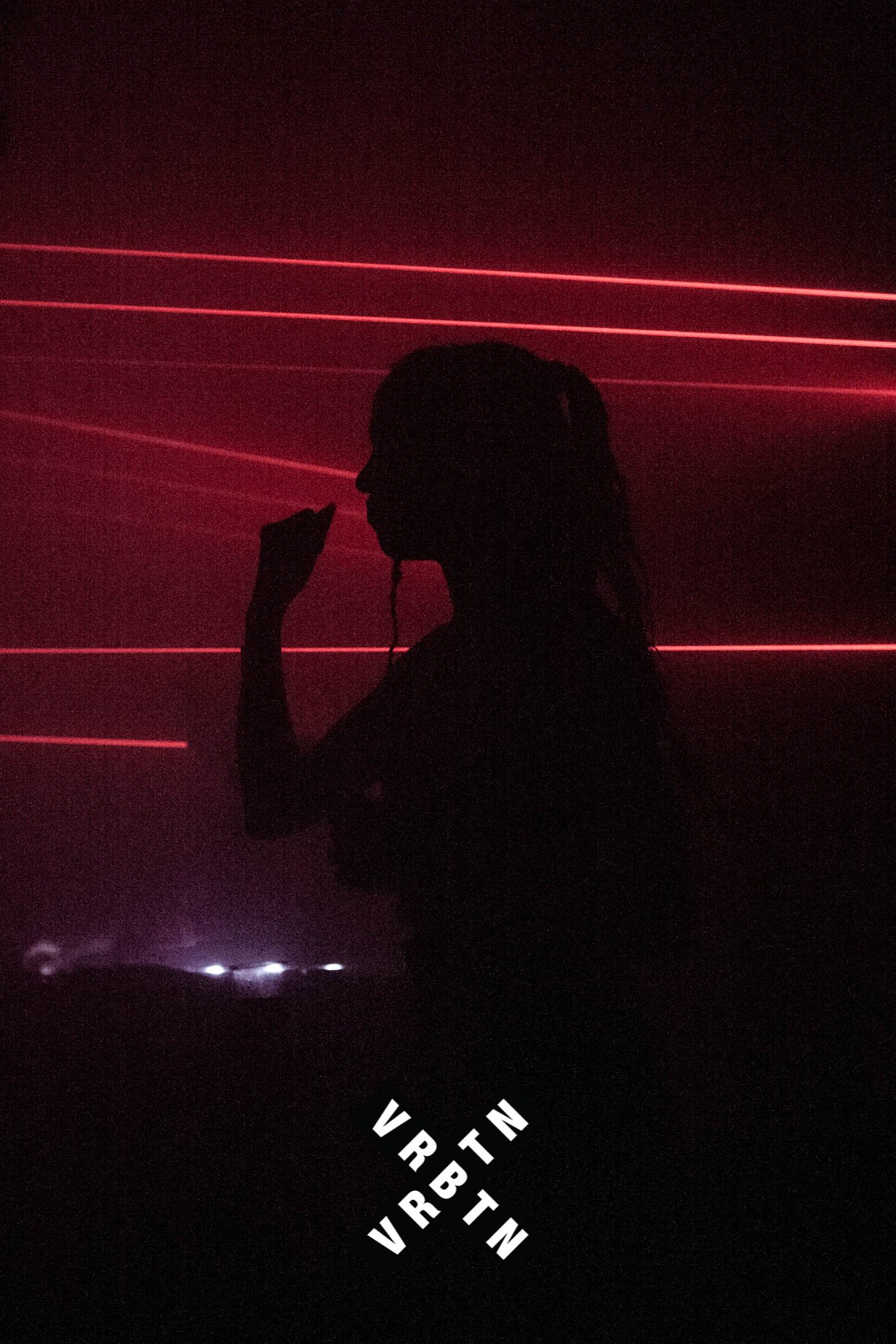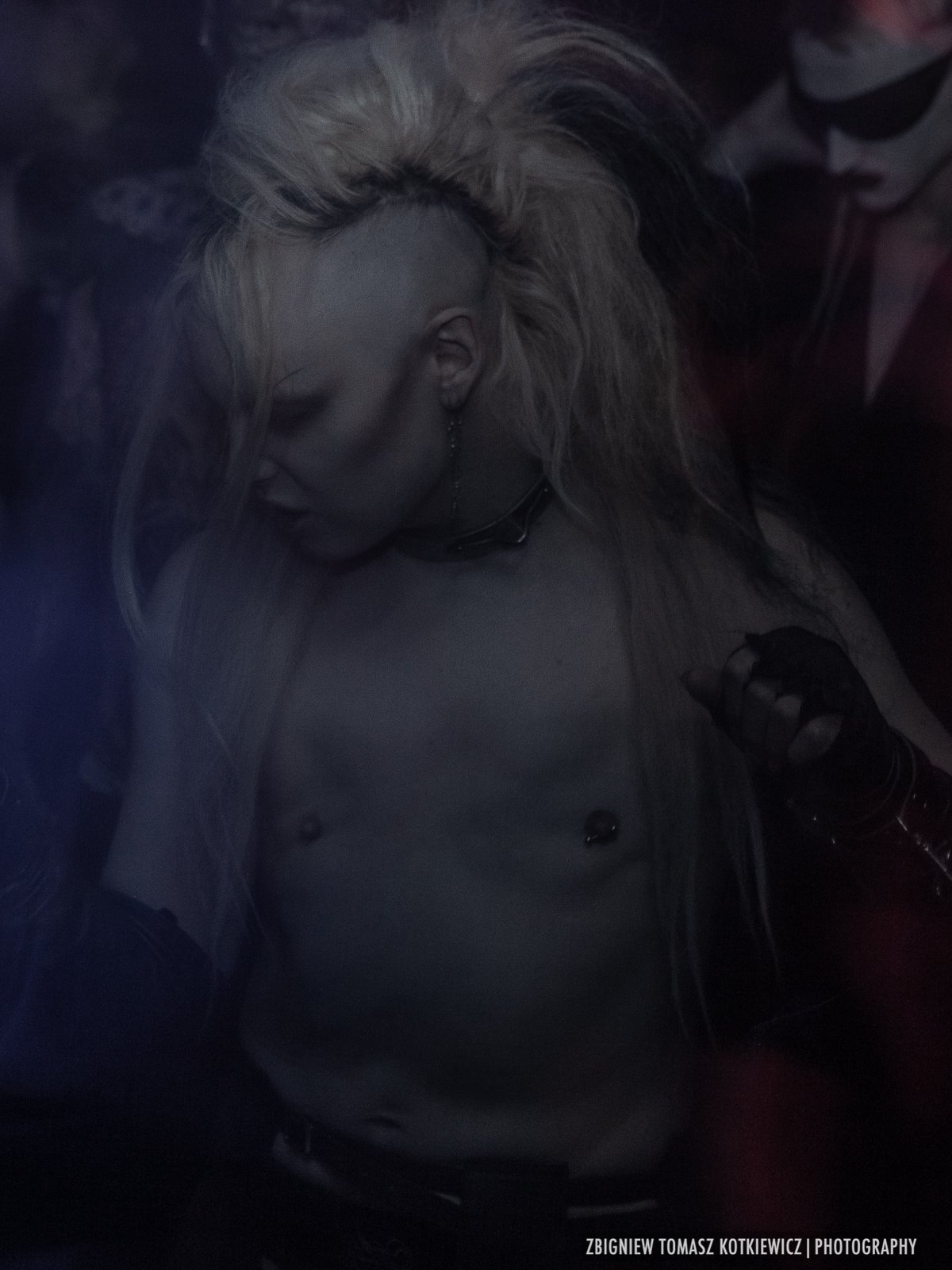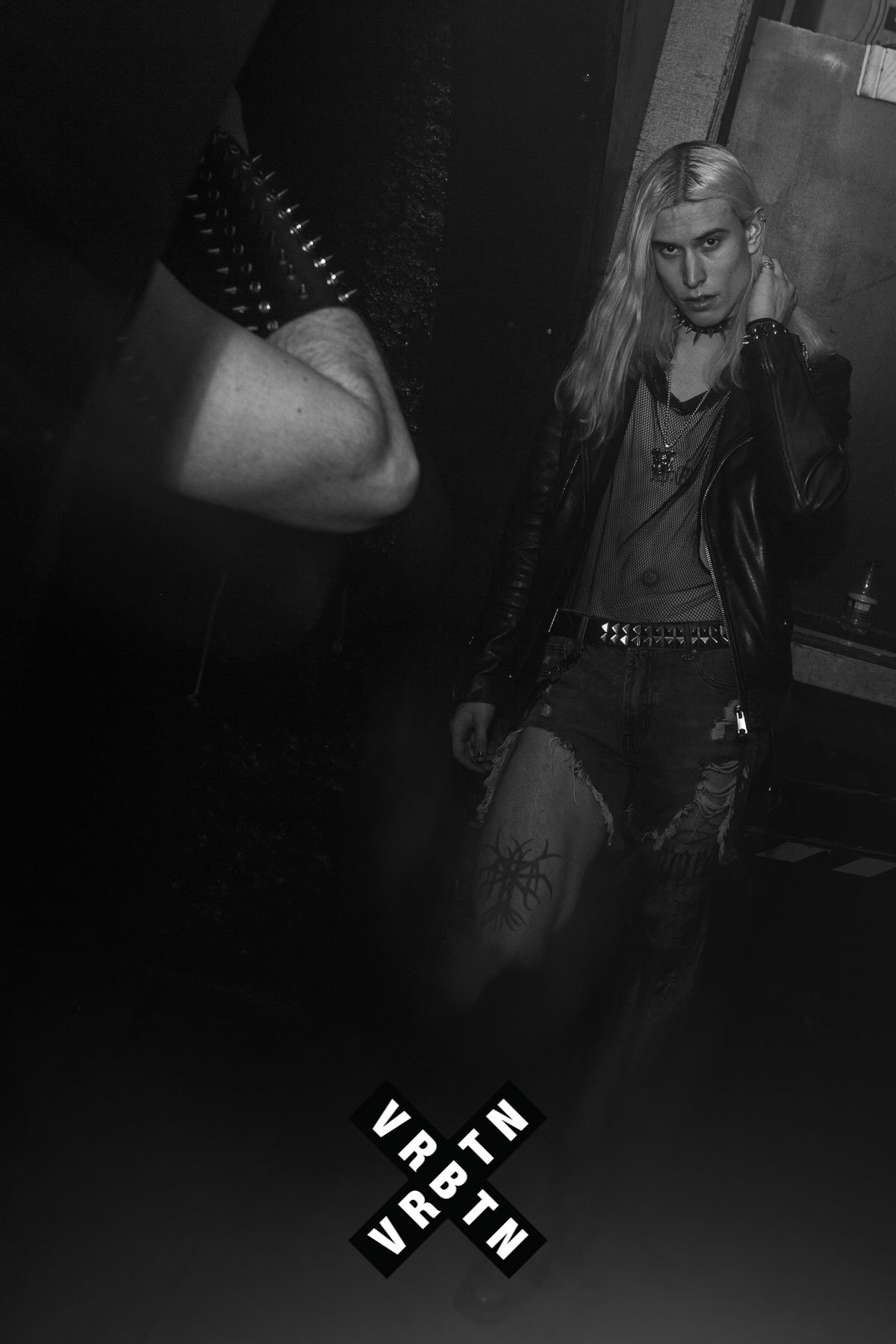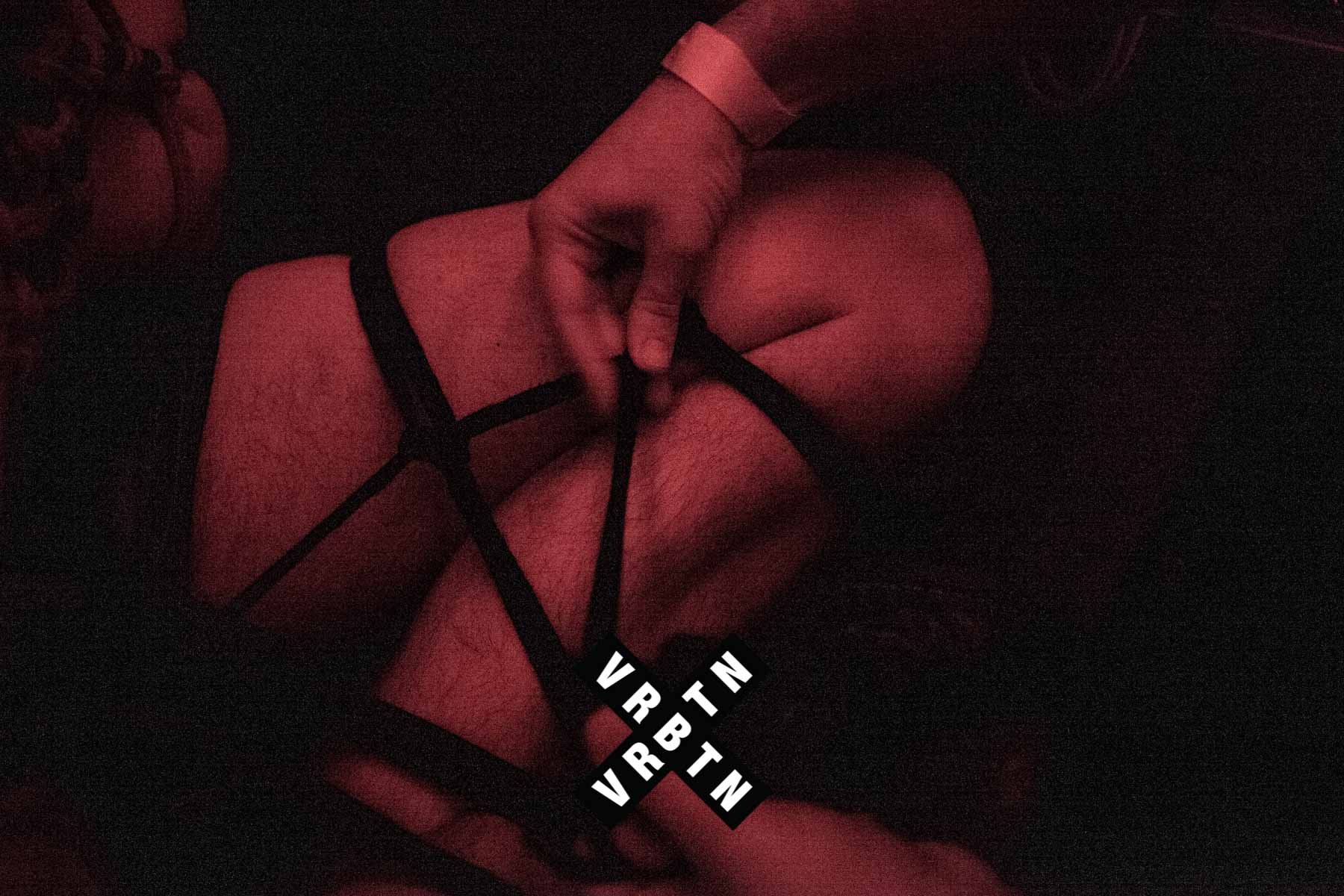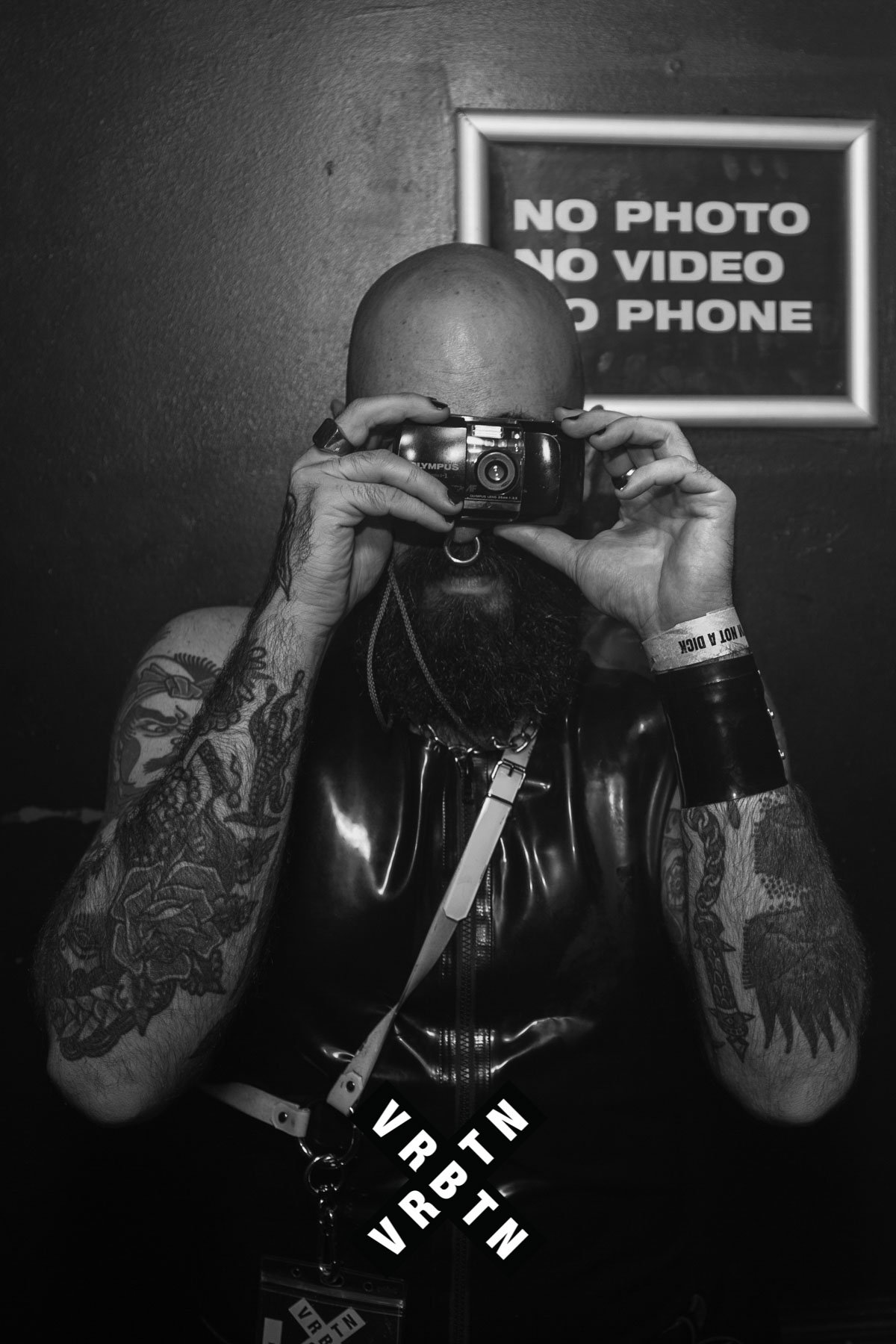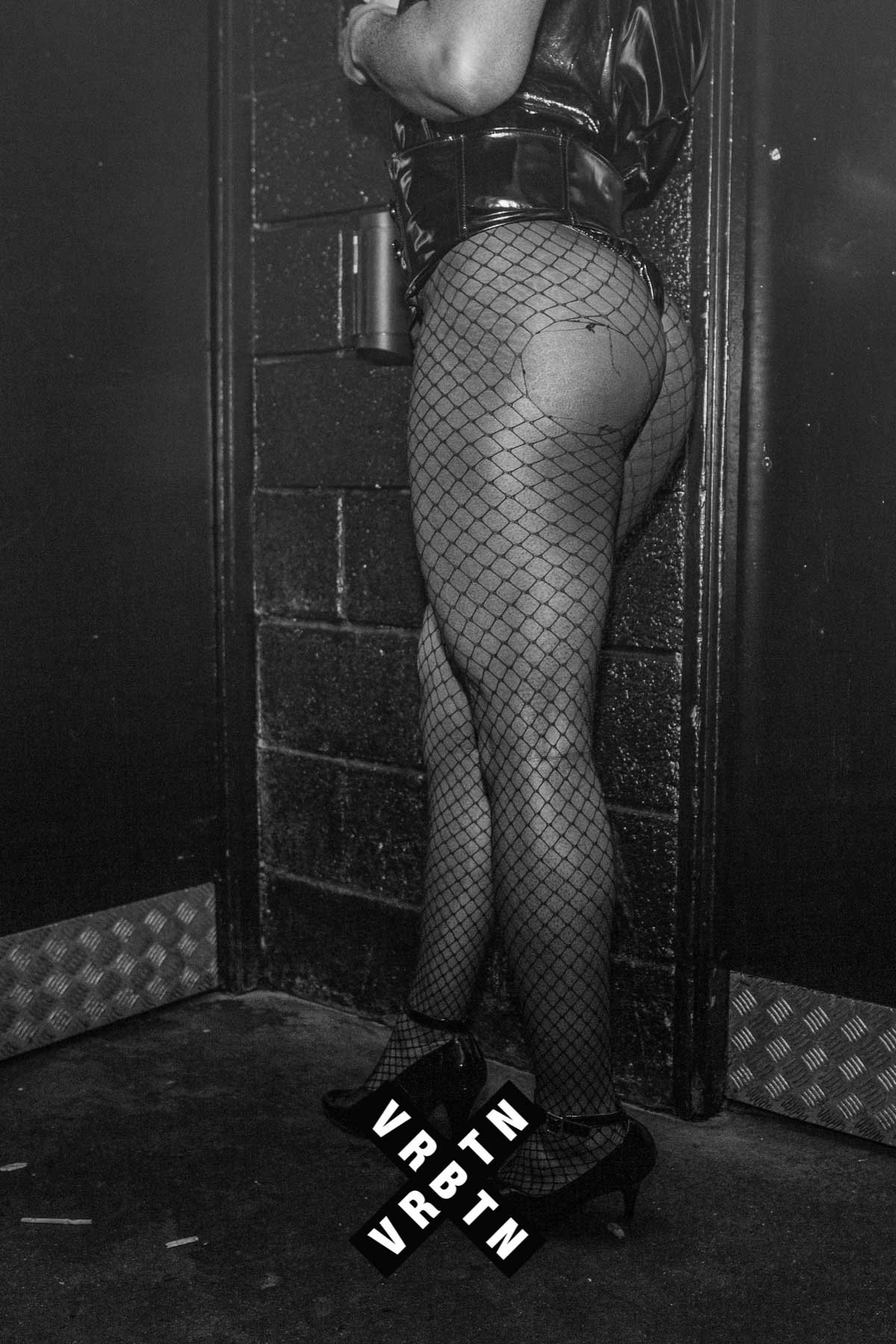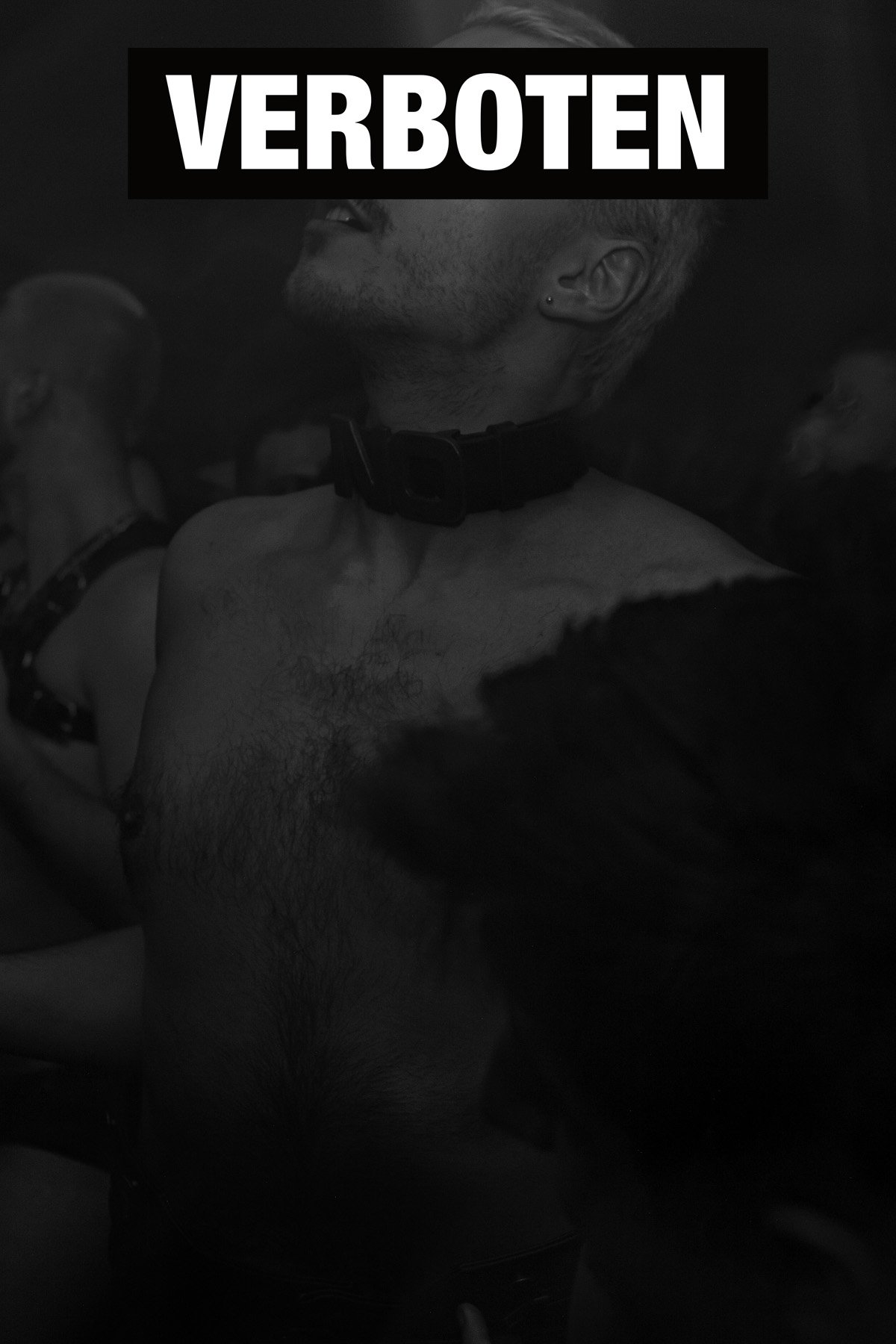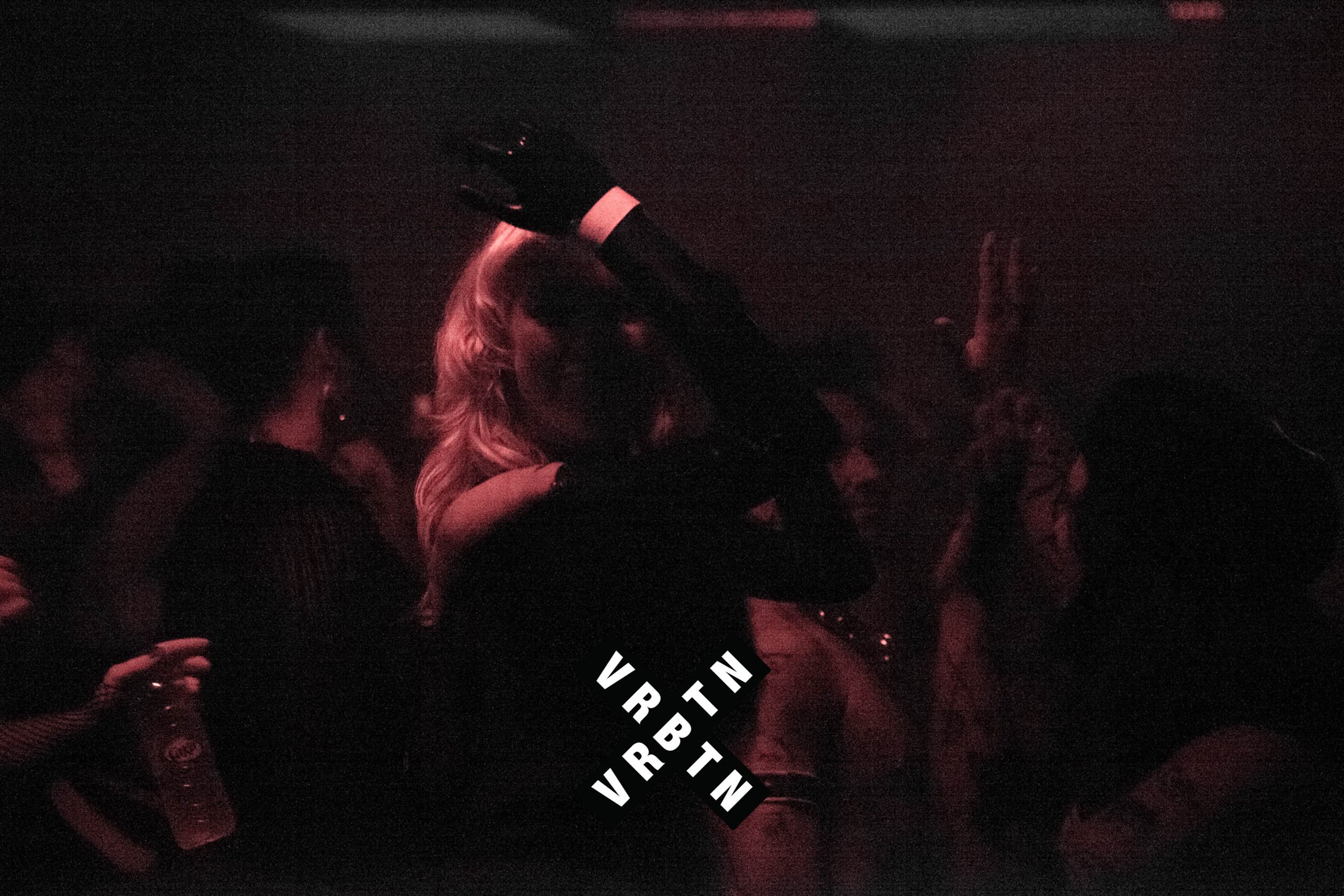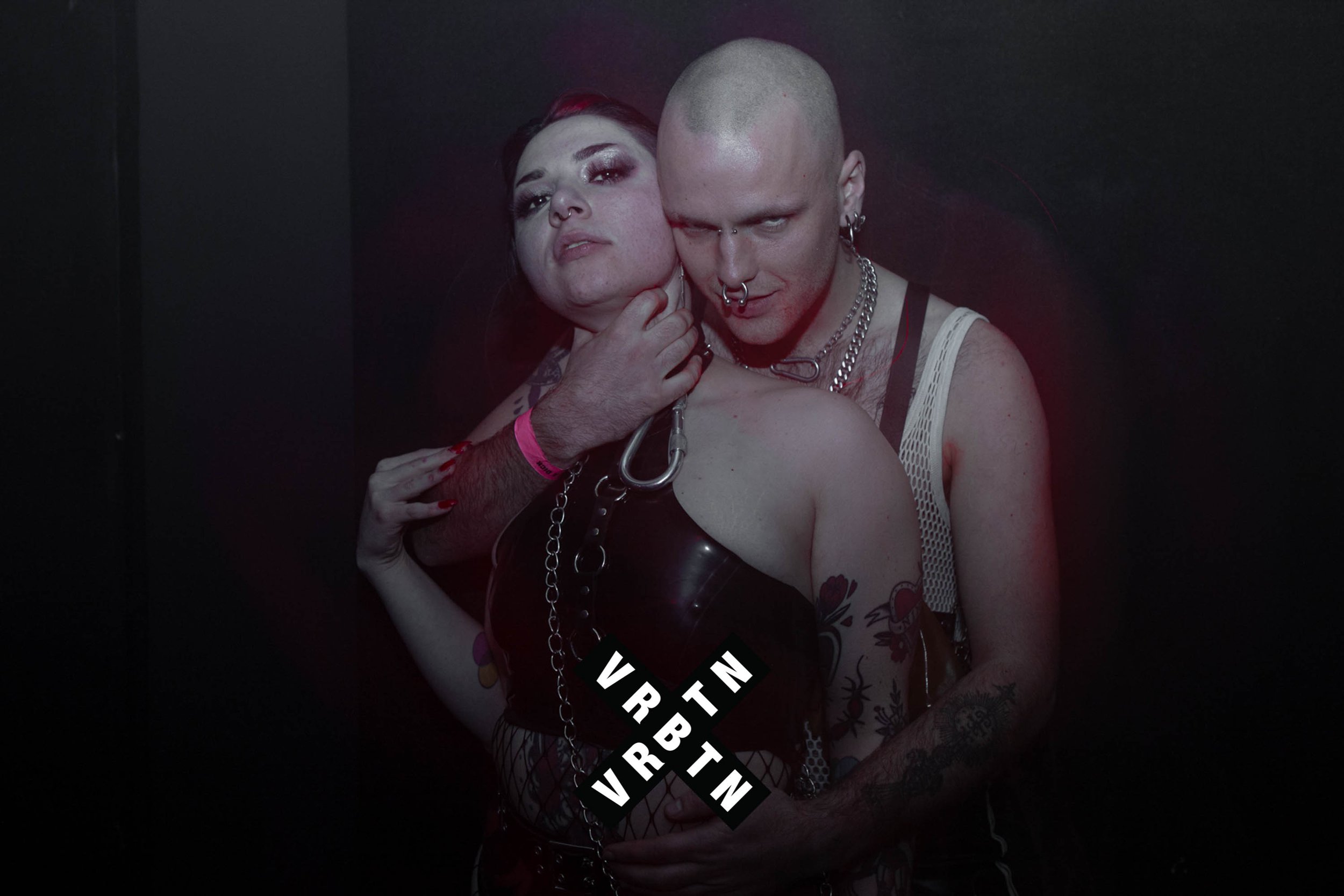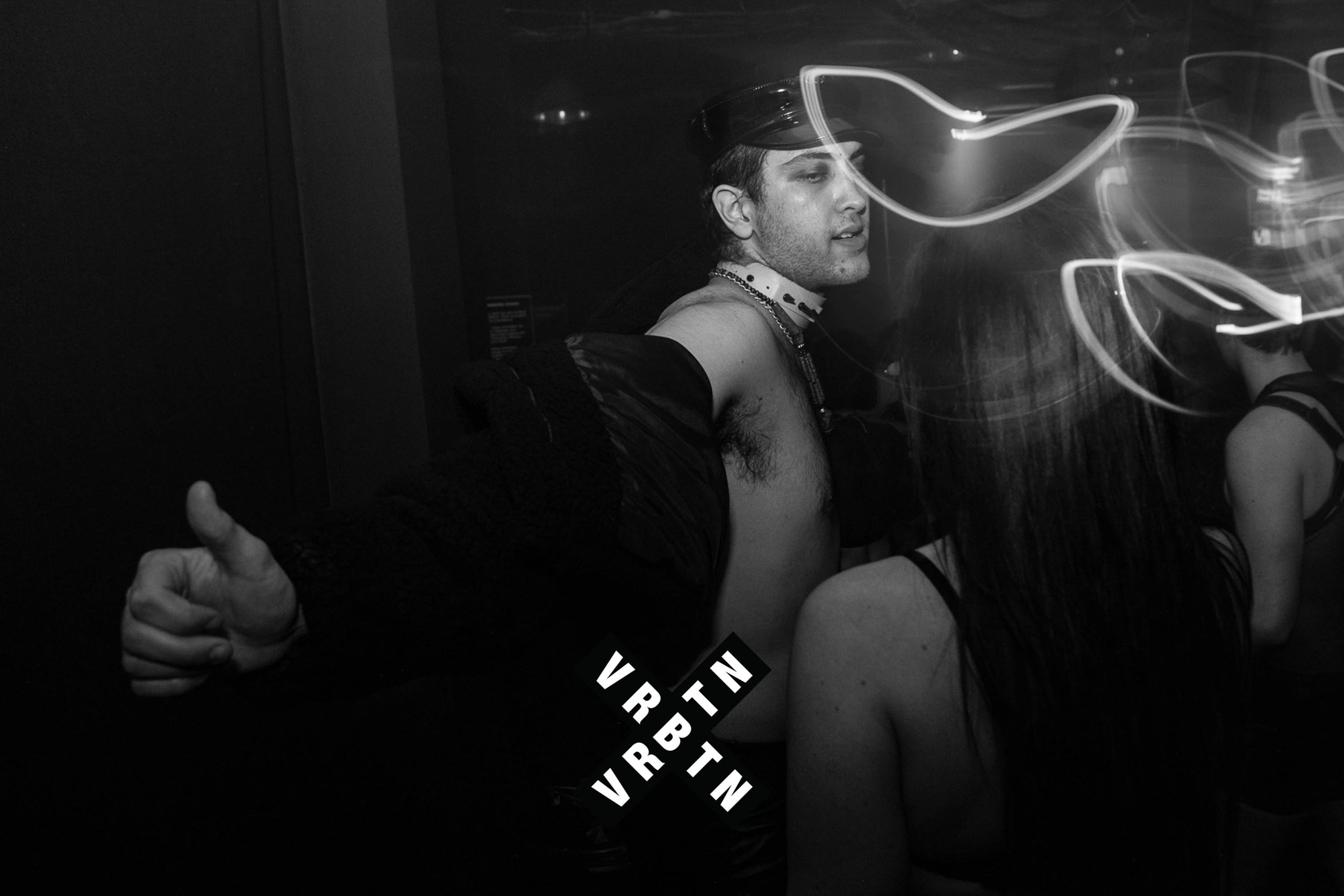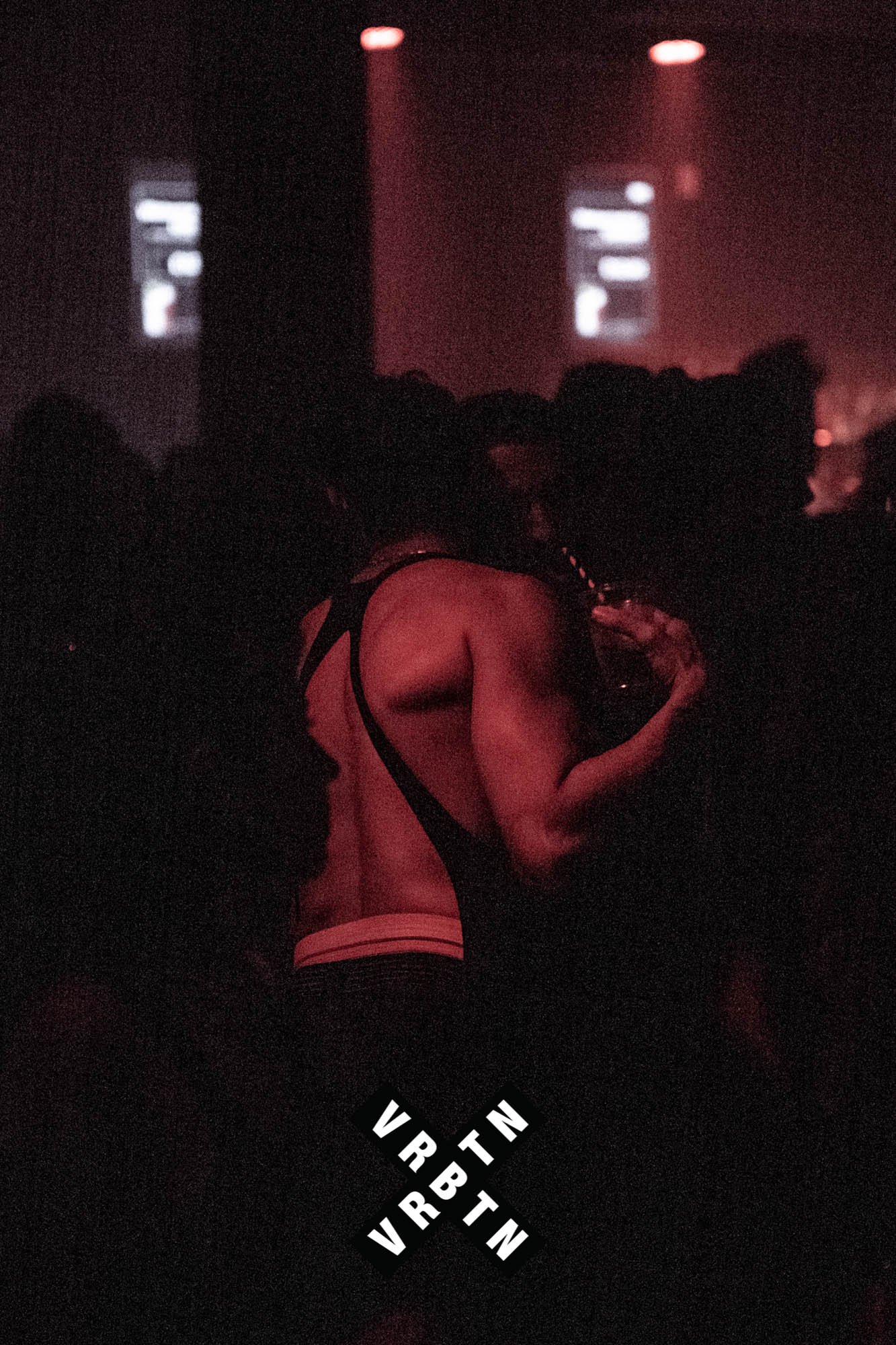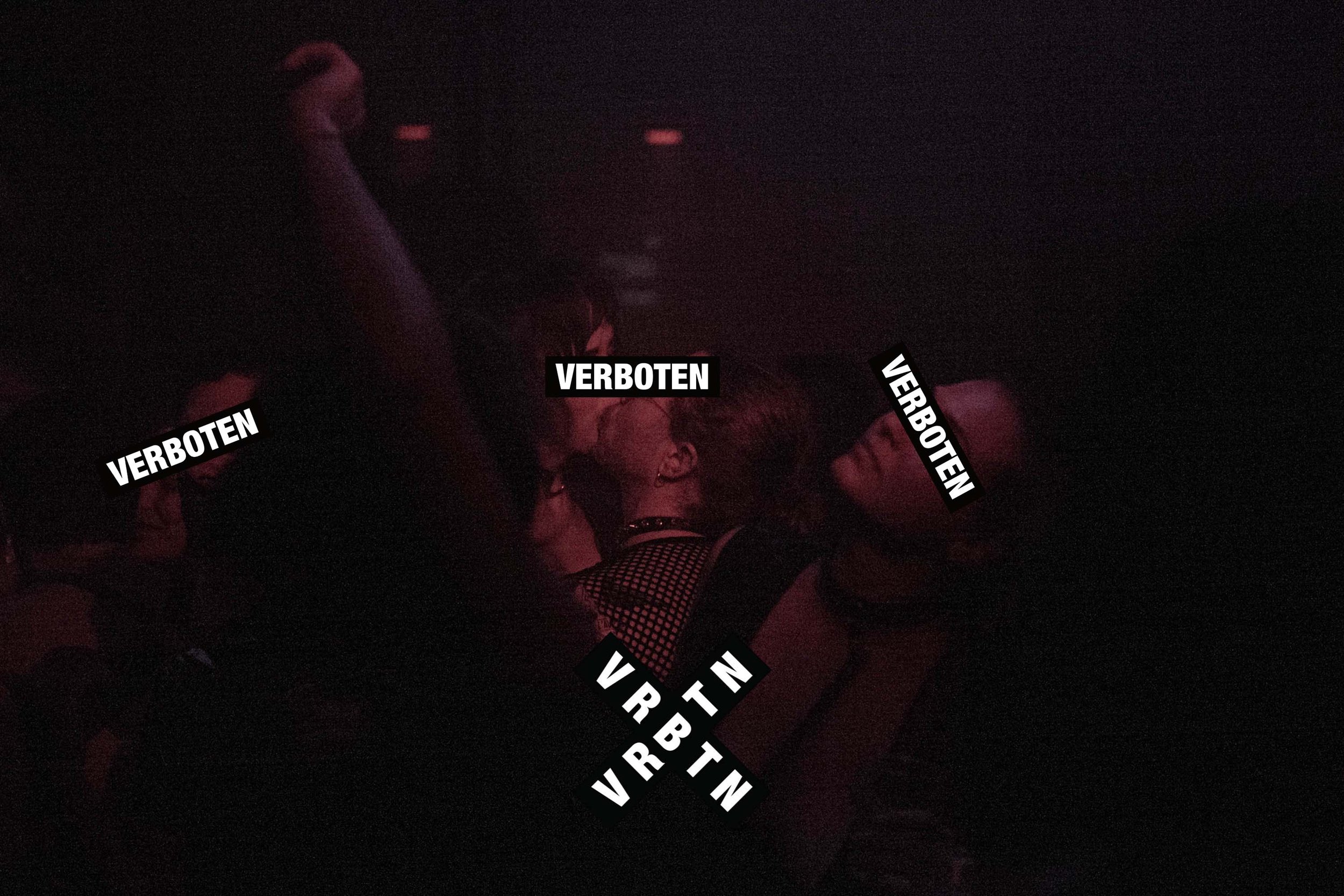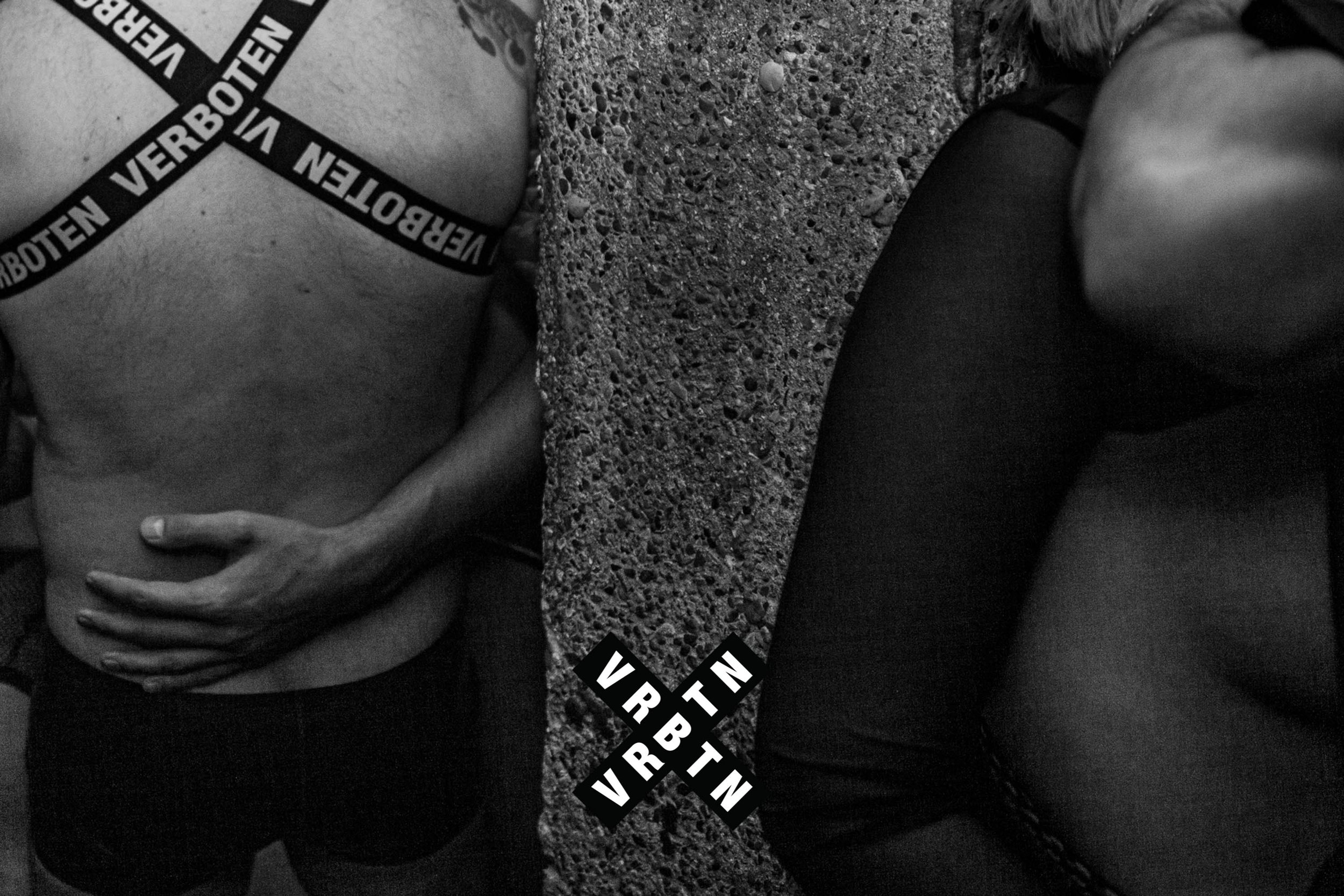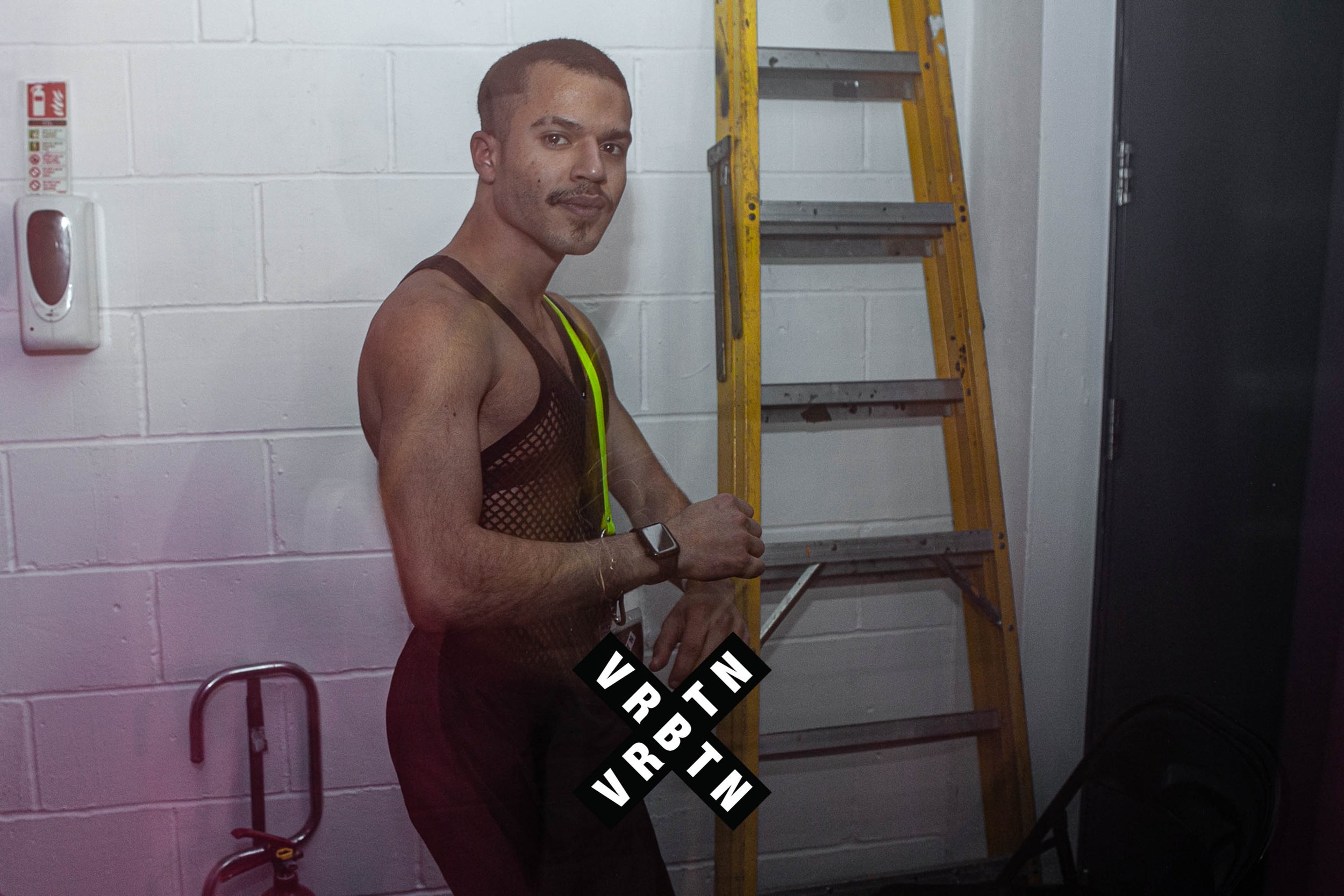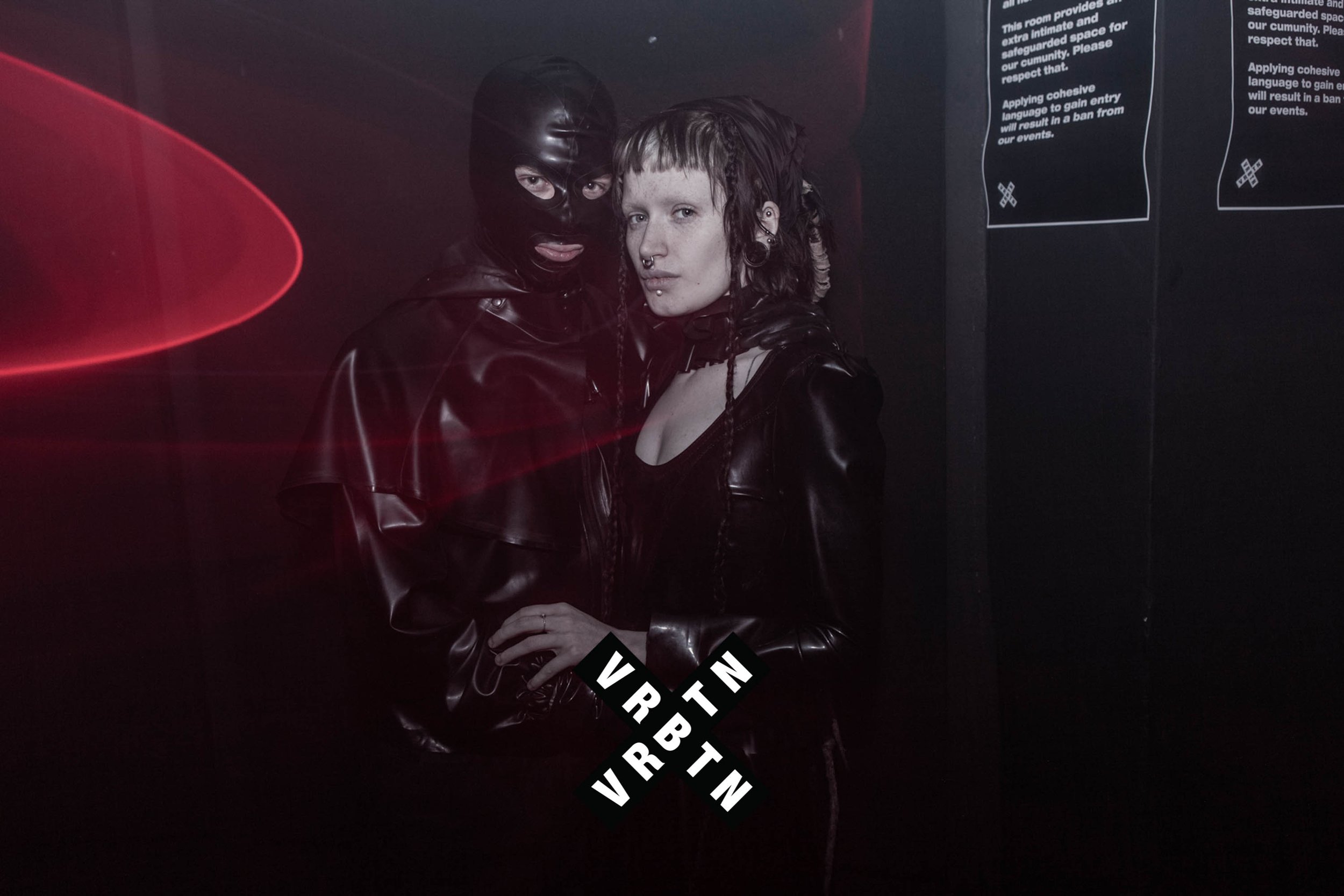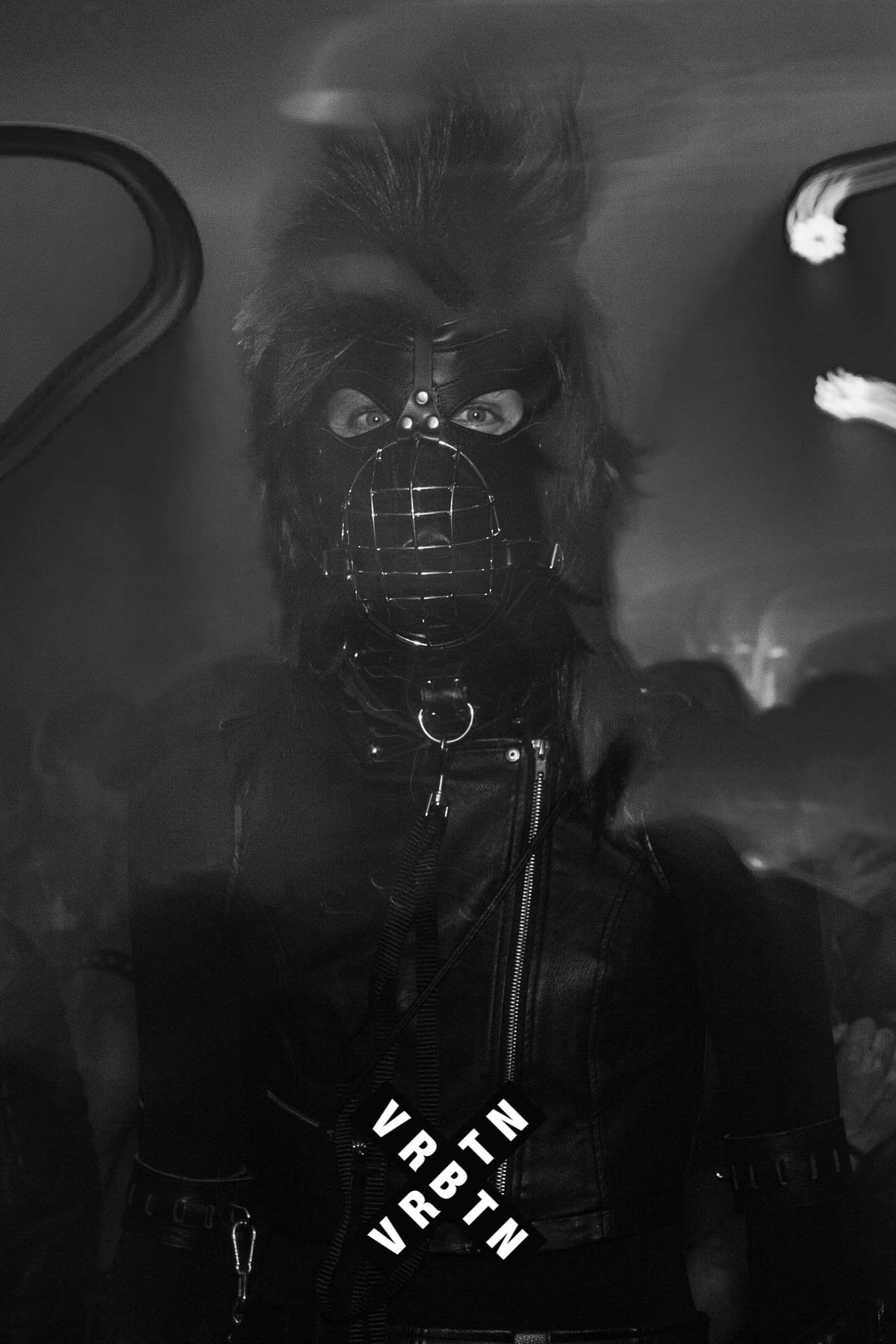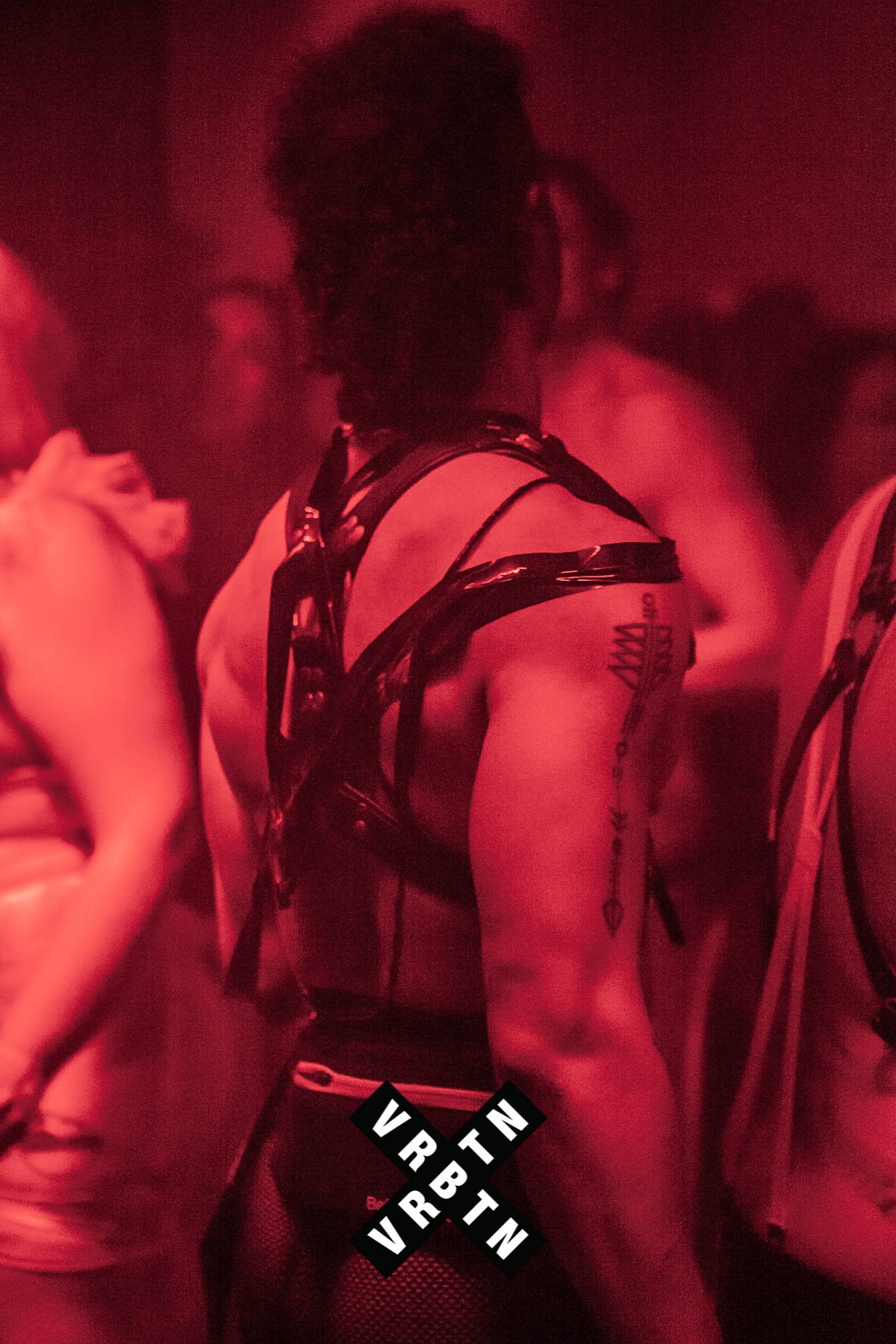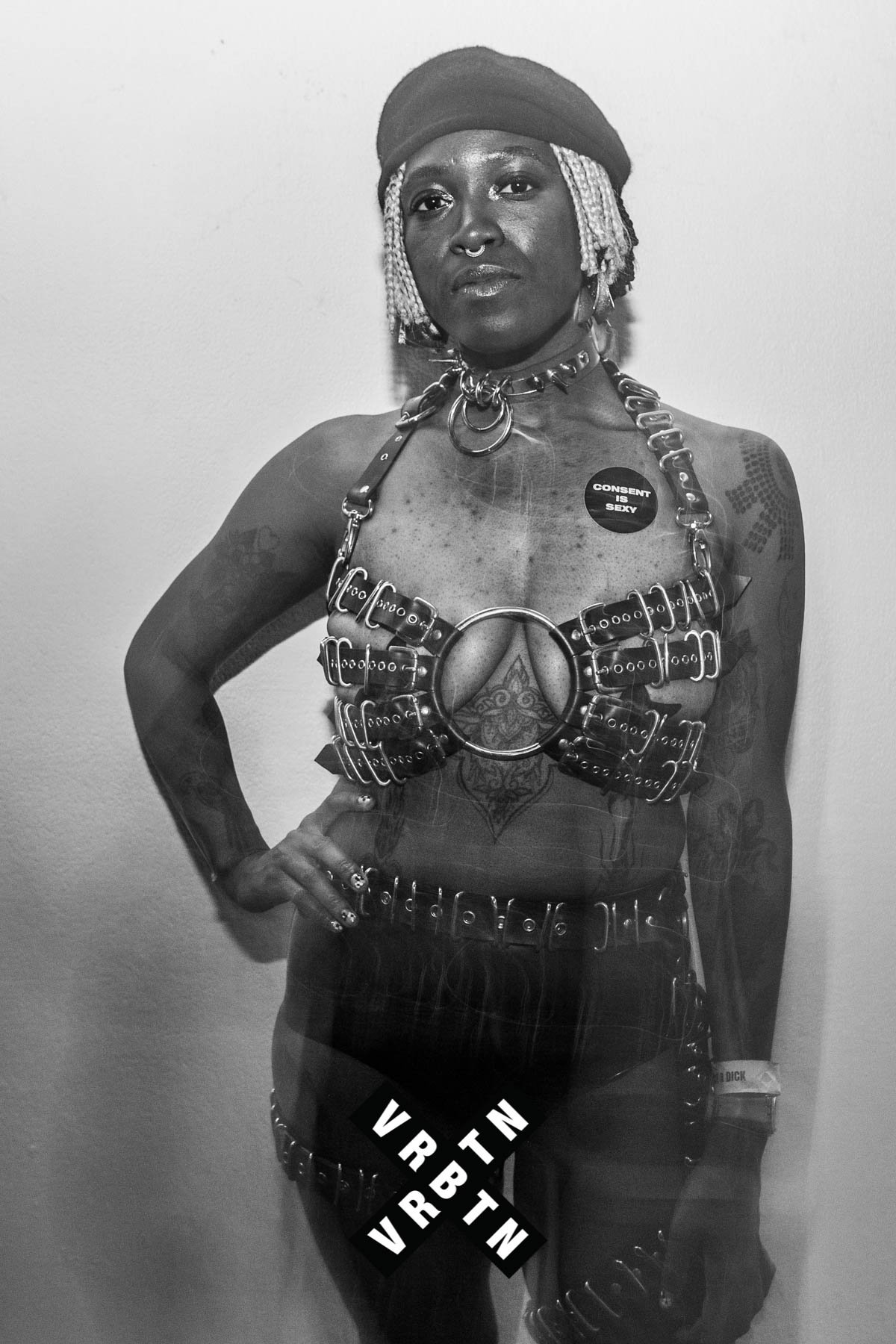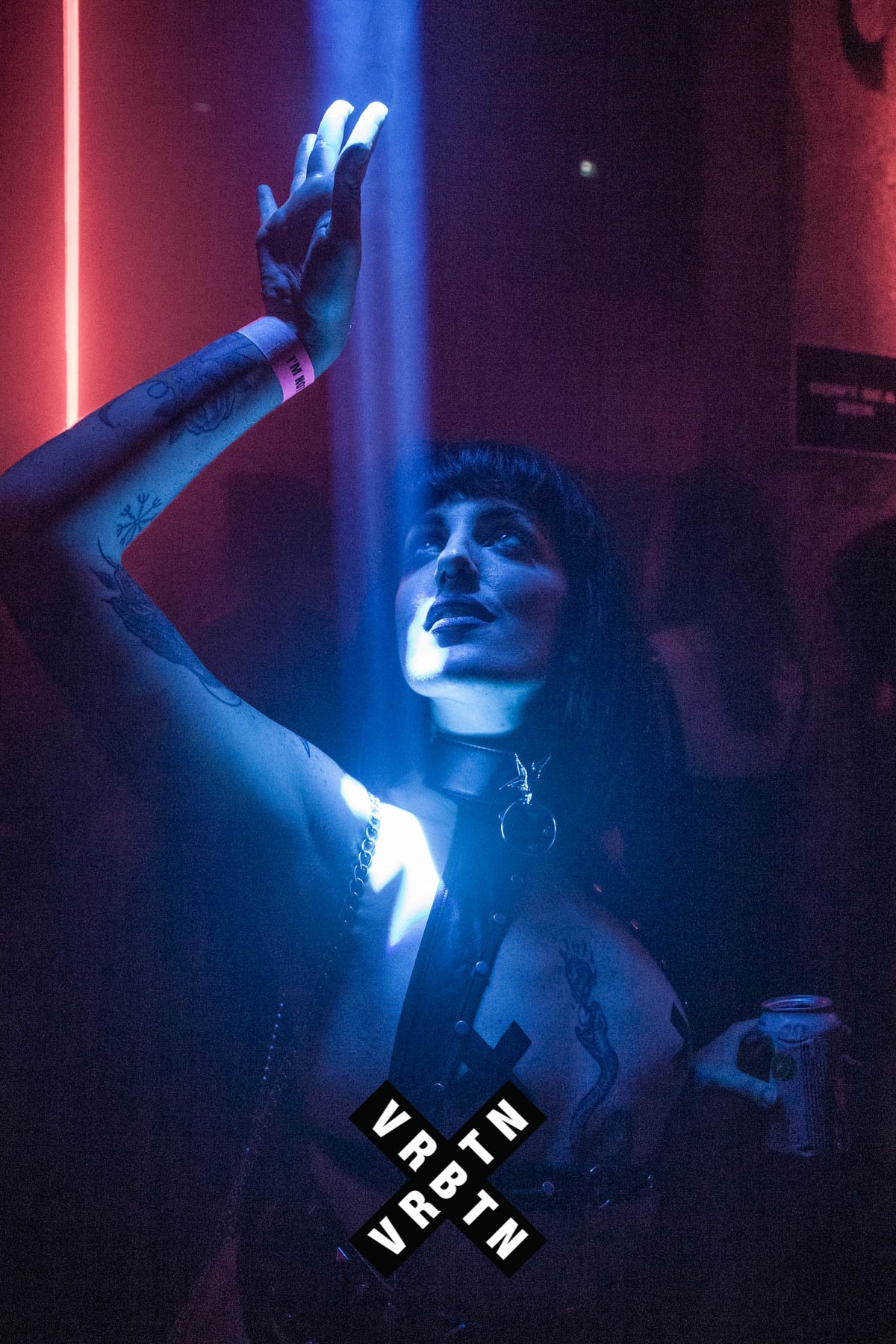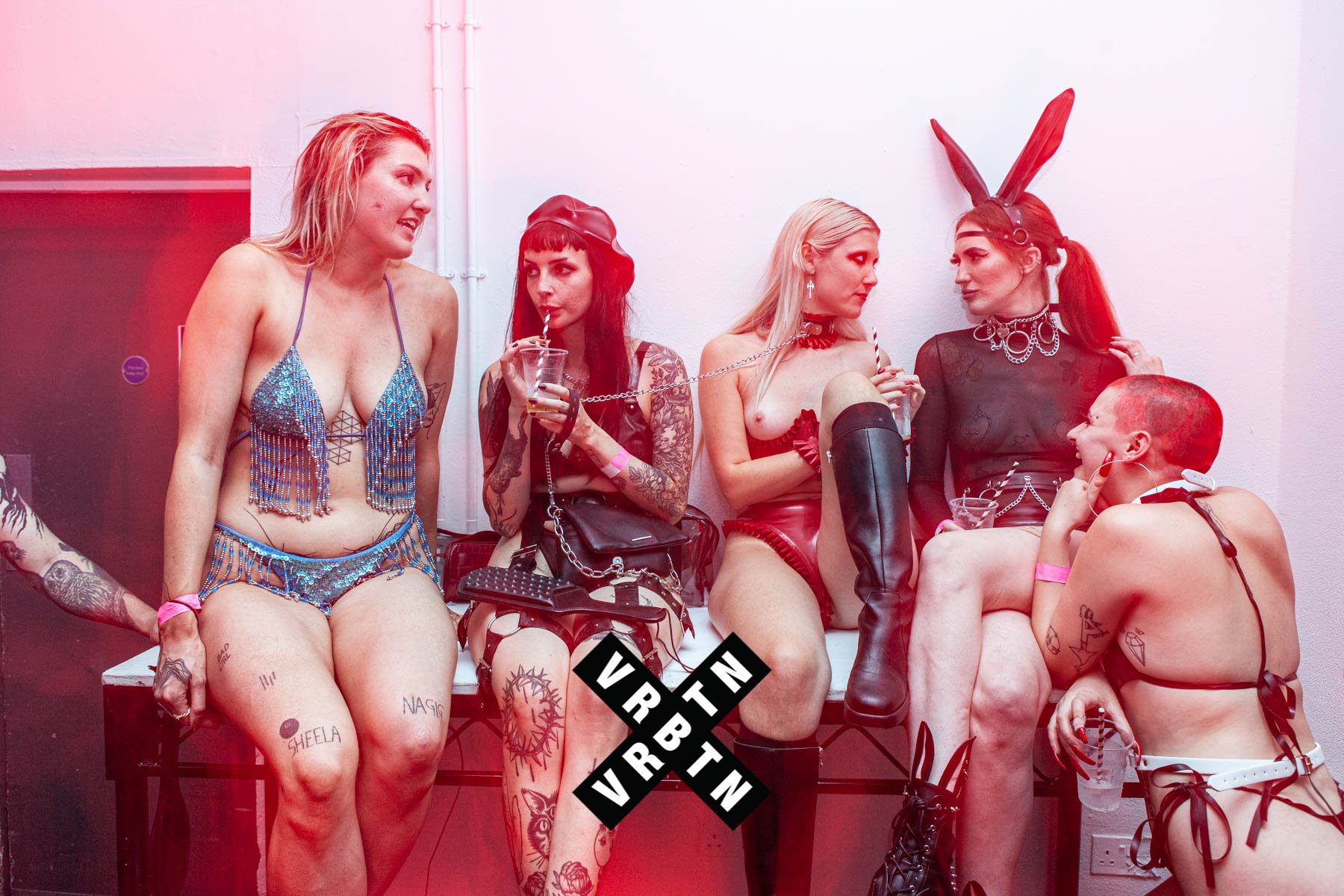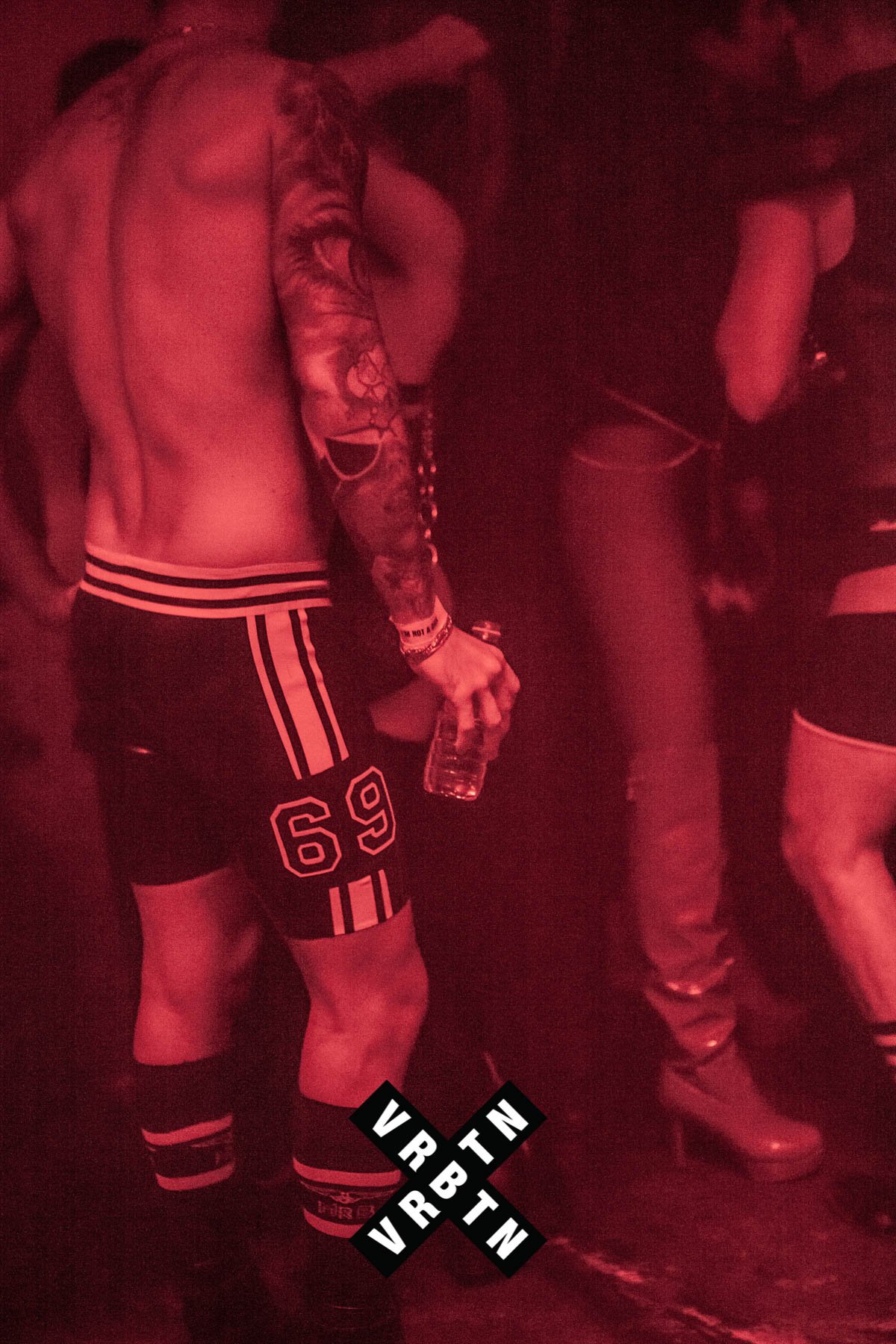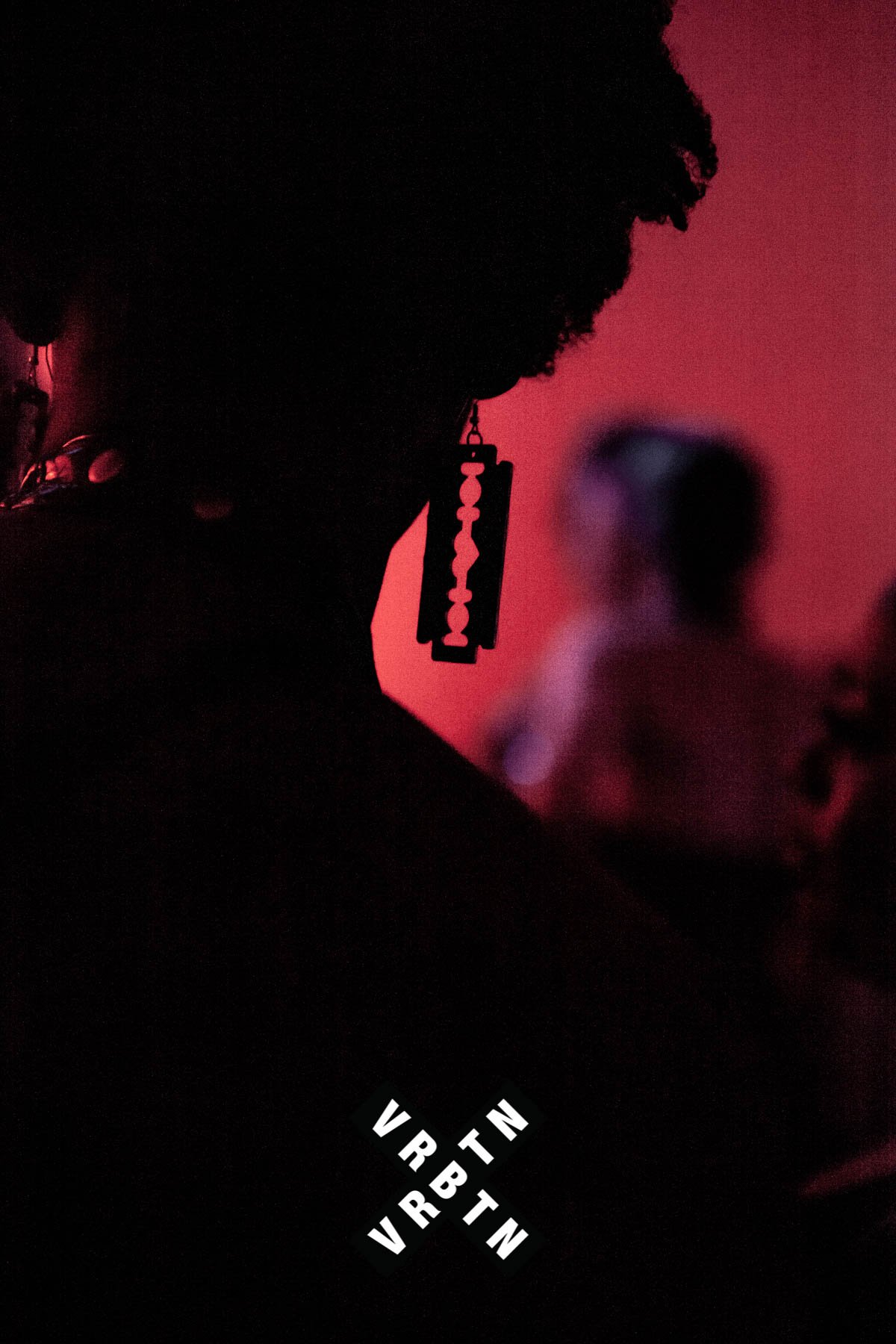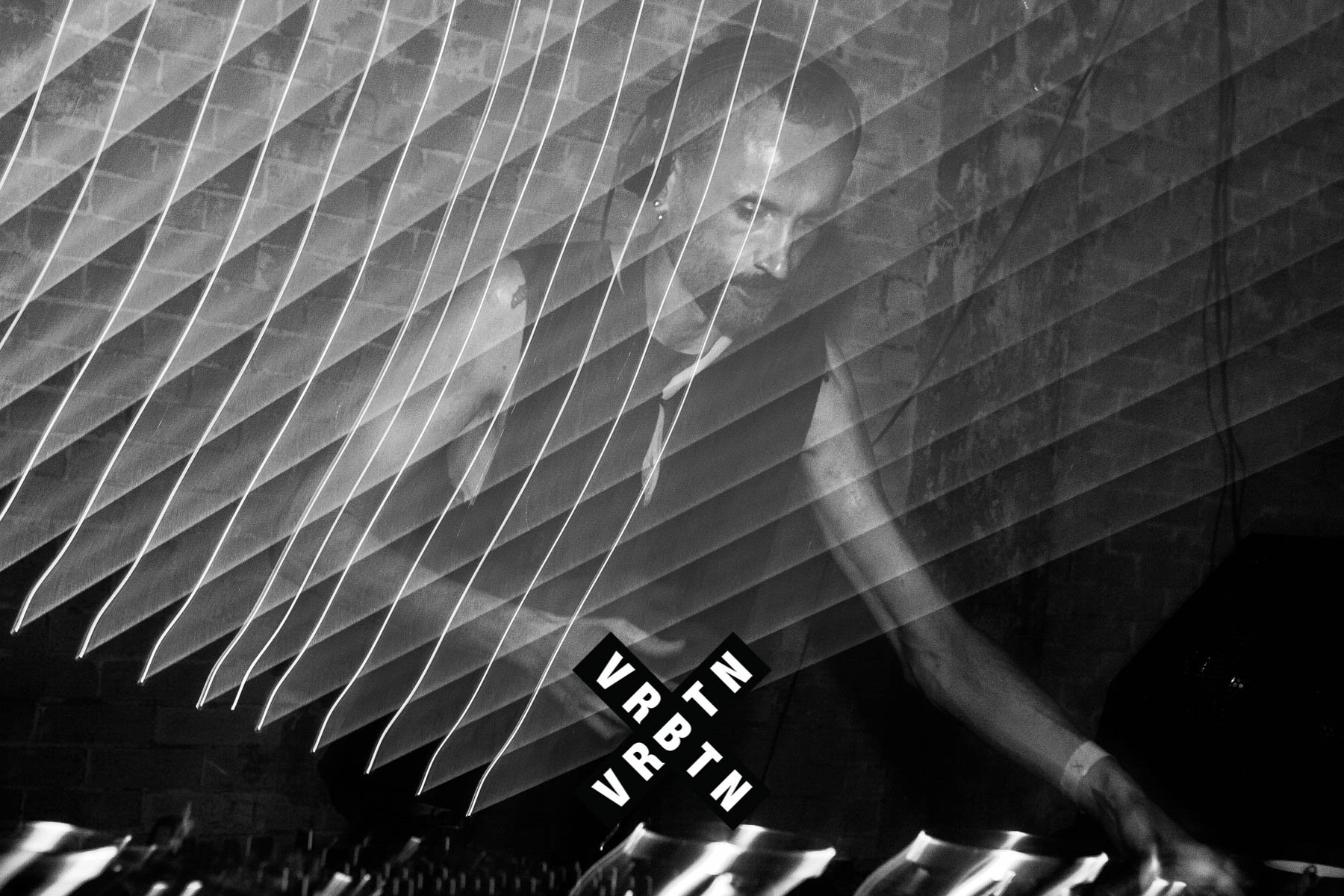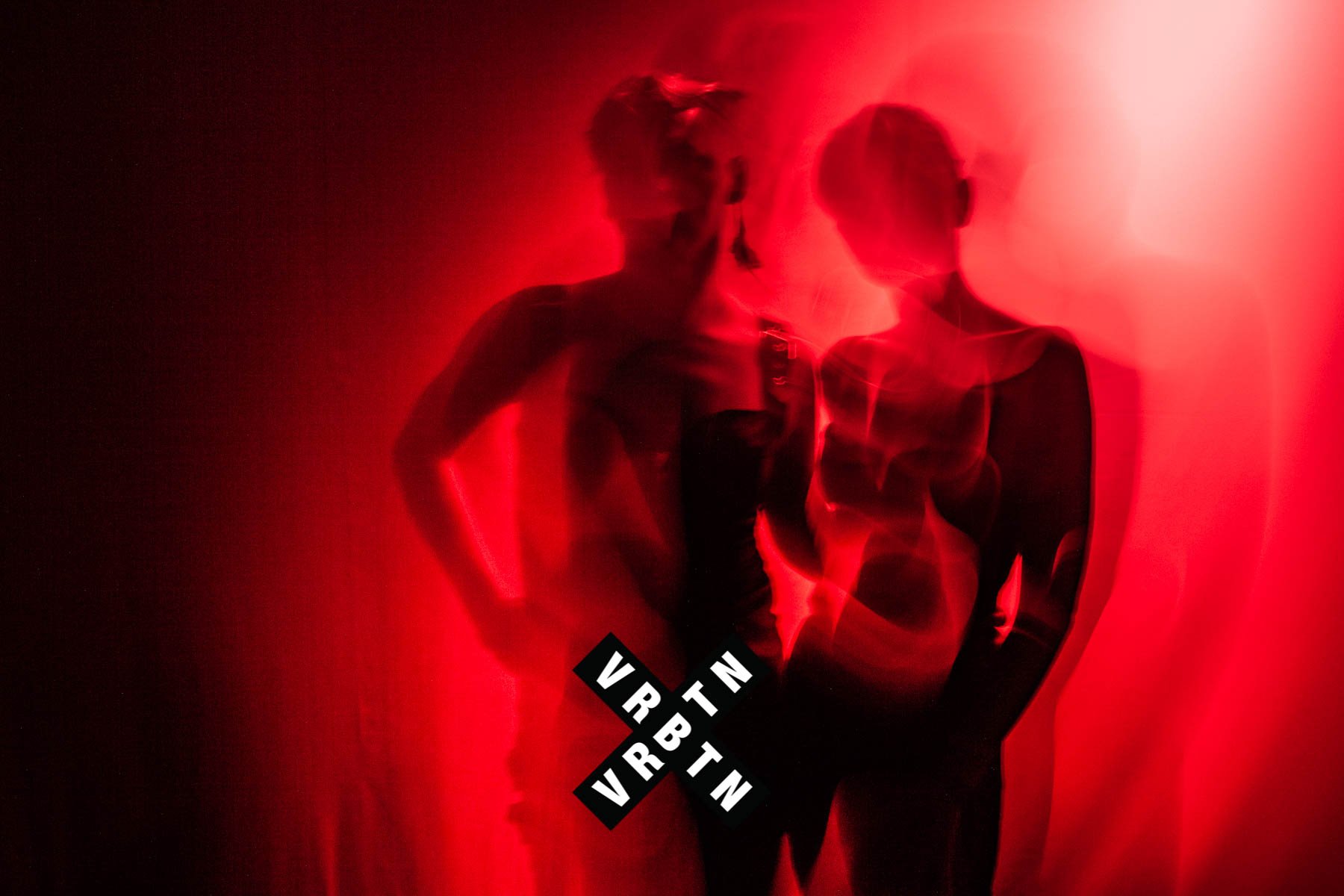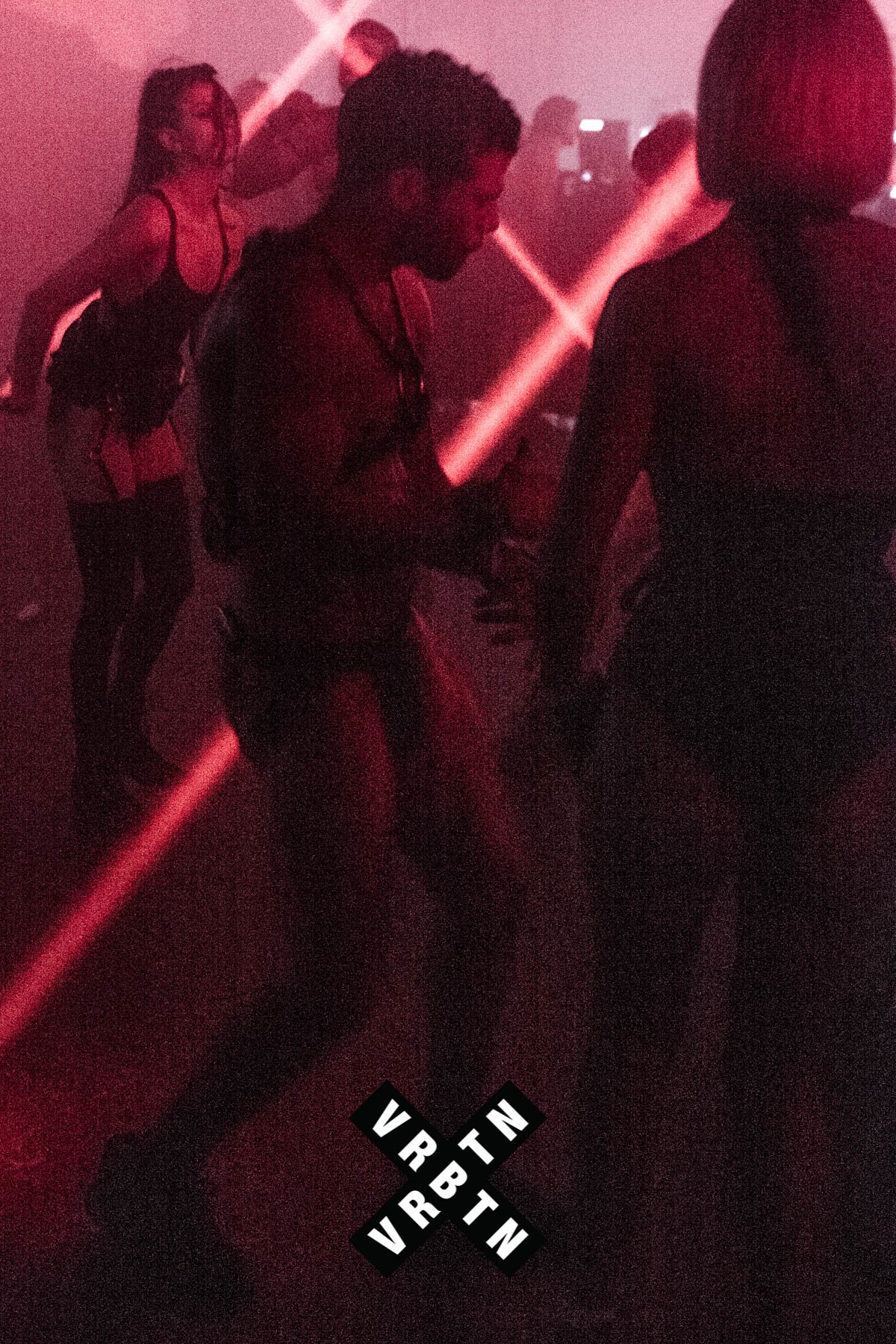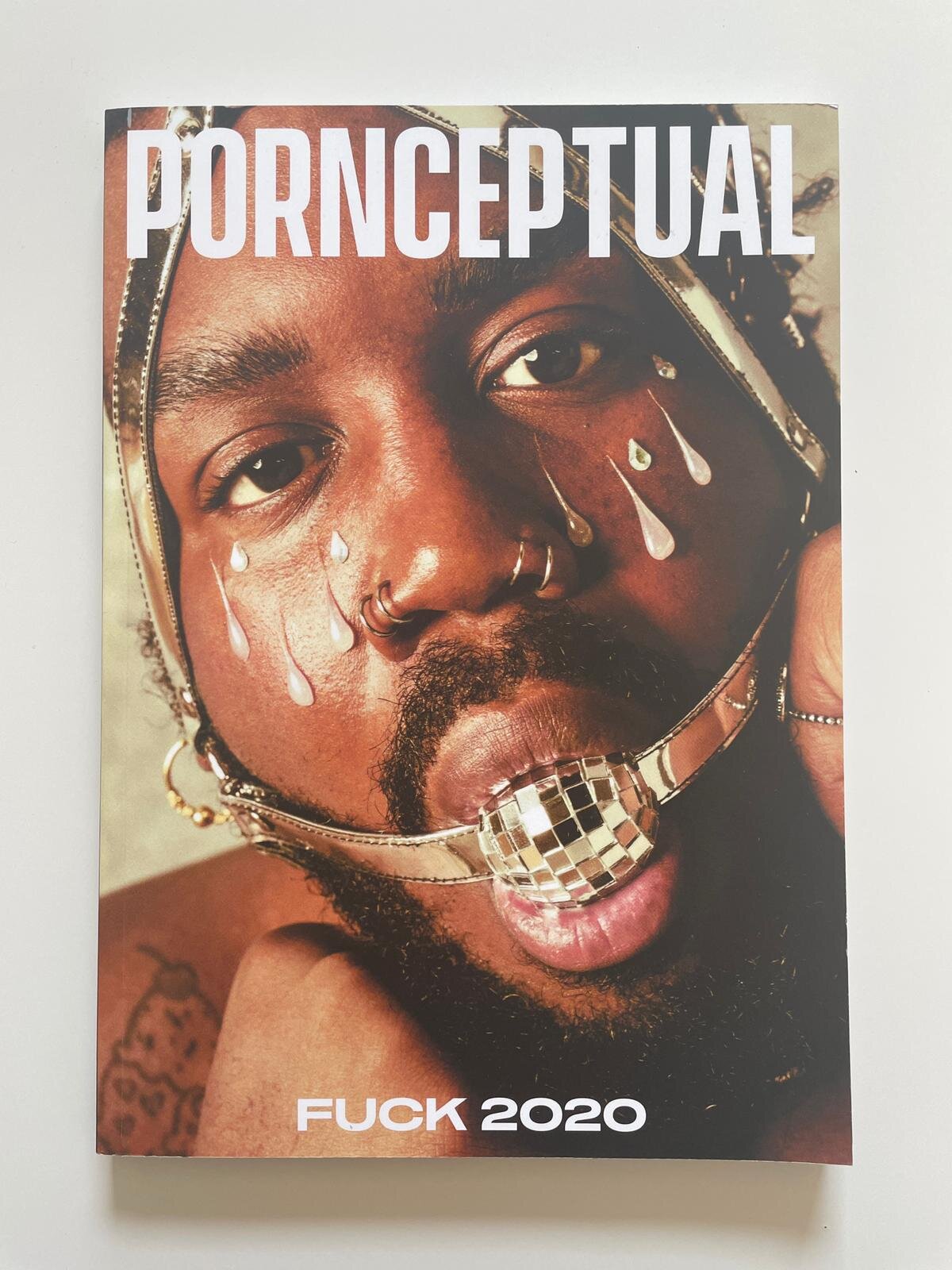My photo essay on Kaos, club photography and queer night life was at some point published on Electrowerkz’s blog. The venue’s management changed recently and their website and team have been rebuilt with all the content and staff replaced. As the piece isn’t available there anymore I reposted it below. The piece also inspired a video that was included in the film programme of the Physical Distancing exhibition.
Scenes of Utter Kaos
KAOS was launched in November 2003 at Madame JoJo’s in Soho. Over the years they have staged underground parties all over London. From the faded opulence of JoJo's to the Dickensian squalor of an underground pissoir (Public Life, Spitalfields) via the neo-gothic splendour of the 291 Gallery and the eccentric grunge of The Speaker Palace to the crepuscular underworld of Stunners […] KAOS currently run monthly underground warehouse parties at the gritty and industrial Electrowerkz club in Angel, Islington, a 19th century former metal works installed with a powerful turbosound system.*
With a brave yet coherent curation of sonic soundscapes - merging elements of techno, post-industrial, modular synthwave and rhythmic noise - KAOS is devoted to music and is about sonic experiences. Throughout the years, it has become a well-known stage for both emerging and established sonic artists from the local as well as the global scene. It has also become a home for the crowd attending the nights the people who make it a visually rich and queer space. They have created a community around KAOS and they continue to contribute their energy into the night’s vibe.
Electrowerkz was where I attended a KAOS night for the first time and where eventually, in my pursuit of becoming more of a participant in the scene, I also began my adventure into photographing it. I created my first photo report for KAOS’ 11th anniversary back in 2014. It looked like I was late to the party, but this didn’t stop me from instantly falling in love with it. Encouraged by the ‘see you in the darkness’ slogan, appearing in Lee Adams’ online reminders about approaching events, I embarked on the task of discovering what that darkness involved, learning how to navigate it in order to extract, expose and create a photographic representation of it. This shift into new settings came with fresh photographic angles and expanded my interest in movement, which branched out into three interweaving sub-categories: kinetics, optics and politics. The task was to create immersive visualisations of these dynamics. I was interested in a party ex-perience and a club photography opportunity that would have the feel of an alternative reality. KAOS provided and delivered. The party, though it can be seen as dark, is a safe haven for its community. I discovered that there is flourishing life in the darkness. In low light I found high energy.
KAOS is a perfect space for individual self-expression and for group rituals of hedonism and release. It is also, like queer club culture in general, about the creativity of out of the box thinkers - club kids and mothers, performers and ‘shape shifters’. It’s about experiments with outfits and make-up, and evolving concepts of beauty. Club photography will always be about documenting it all. Yet, with my approach to this genre, I always intend to see beyond looks as finished products. Looks unravel their full potential when they are entangled in a club space; when they become part of the narratives about friendship, love, trust, joy, hedonism, humanism, inclusiveness, community and vibe. A queer club night is a setting where all these factors occur and interweave. My photographs showing the KAOS community dancing and sometimes posing for the camera (or dancing and posing simultaneously) are a record of the trust negotiated between us. They are also documents of the process of establishing our shared sense of belonging. The images send a message about the joy and the pride felt in finding a tribe, a ‘home’, a place, which is safe and where there is no judgement.
People tend to contest the presence of photographers and their cameras within an underground party setting. They see taking photographs at a night club as an invasion. It can also be seen as a sign of the commercialisation of a party. Taking photographs can signify a certain validation of the rituals of socialising and self-expression. I approach my presence as a club photographer as a task of tuning in to the vibe of the crowd. As the night progresses, taking pictures becomes a collaborative project of recording memories and celebrating the moment we are all in. A queer club night is a spectacle but also a participatory performance - an ‘open stage’. I like to think that my photographer’s gaze goes unnoticed. Sometimes it does, but sometimes there’s a clear, spontaneous collaboration with the dancers who become ‘performers’. Preferably (and usually) these situations are candid but sometimes we only pretend they are. Some photos pass as candid thanks to their subject’s careful self-direction, and thanks also to the trust that has been established between us. I endeavour to convey the performativity of these situations through some of my images in order to tell the story of an ontological relationship between a photographer and an event (a club night). Performance depends on documentation as it gains authority by being recorded. And documentation too depends on performance, for there would be nothing to document without performance** – their relation seems to be perpetual. My photographs from KAOS speak of and record movement understood in three different ways:
- Firstly, movement as in the kinetics of dance: I harvest imagery of spontaneous choreographies; I document the beauty of people losing themselves in dance; I record elements of escapism and the pleasure of interacting with the sensory experience of the club. I want my photographs to communicate both the elegance and the intensity of the scenes witnessed in the club. I strive to transfer these energetic, intangible factors into an arresting visual representation.
- Secondly, these images are optical representations of movement as the passage of light and time. Often they visualise time in a disrupted sense - I allow a certain blurriness, for textures of grit and noise to appear in my images. I let light take its time as it works its way through the darkness, as it sneaks between bodies, energy and smoke; as it disperses and mixes its lumens coming from different sources. Photographing these seemingly perfect, energetic and highly charged moments is an expression of the desire to pause time. The darkened club space has an extra-temporal quality. It screams: Ah, linger on, thou art so fair!.*** These words echo within the still images of action captured in situ.
- Finally, my photos document queer club nights as a fertile ground for movement as in politics and subcultures. Dance can be seen as a political statement.**** The same applies to queer love - creating communities and sustaining human bonds. Dance is about conversations, inspiration and guidance. It is about learning from each other. Photography becomes an element and a record of the cultural-political ex-change taking place in the club between all of those involved in the music, the fashion and the community. It also sends a message to the wider audience exposed to these photos, a message about the existence of this parallel world.
These club photography experiences have led me to the realisation that I’ve been looking for common denominators across different genres of my photographic work. For me, the club space became a platform for experimenting with a mix of the approaches that I usually employ in theatre and dance production photography, portraiture, fashion, documentary or conceptual assignments. Hundreds of the photos in my KAOS archive are charged with the prolonging and the preservation of moments of movement, drama, creativity, storytelling, ambiguity, performativity and self-expression.
My pictures from KAOS present the paradox of power, fragility and transience found in queer club culture. They keep alive the memories of the place where we can experience feeling powerful and vulnerable, and where we feel safe expressing both of these states as they are experienced through our bodies and minds.
During the current pandemic, these photos have become even more valuable. I can’t help but feel a sense of loss. I hope that the dancing rituals of KAOS will commence again soon. I miss you all.
I would like to thank Lee and Chadd but also Adam, Aga, Alan, Alex, Al/ice/ex, Andreas, Andro, Andrzej, Barkosina, BTK, Christos, Claus, Cuco, Danny, Giammarco, Harry, Jason, Josh, Judith, Jun, Katy, Loops, Luisa, Luke, Lulu, Mak, Micol, Olha, Oliver, Parma Ham, Pie, Safrash, Salvia, Stefano, Teresio, Timmy and everyone else, who I ever photographed also without knowing their name. Special thanks to the co editors of this text, Max Aldous-Allison and Freya Caldwell.
#scenesofutterkaos, #lowlighthighenergy
Zbigniew Kotkiewicz, London 2020
* Source: Kaos’ ‘about’ section on Resident Advisor Promoter’s page https://www.residentadvisor.net/promoter.aspx?1id=46452
** Philip Auslander, The Performativity of Performance Documentation PAJ: A Journal of Performance and Art Volume 28, Issue 3, September 2006 p.1-10
*** Quote from Faust by Johann Wolfgang von Goethe
**** “If I can't dance, I don't want to be in your revolution” - quote from an anarchist political activist and writer Emma Goldman
































































































































































































































































